How Cultural Mapping Helped Reconciliation on the East Coast of Sri Lanka
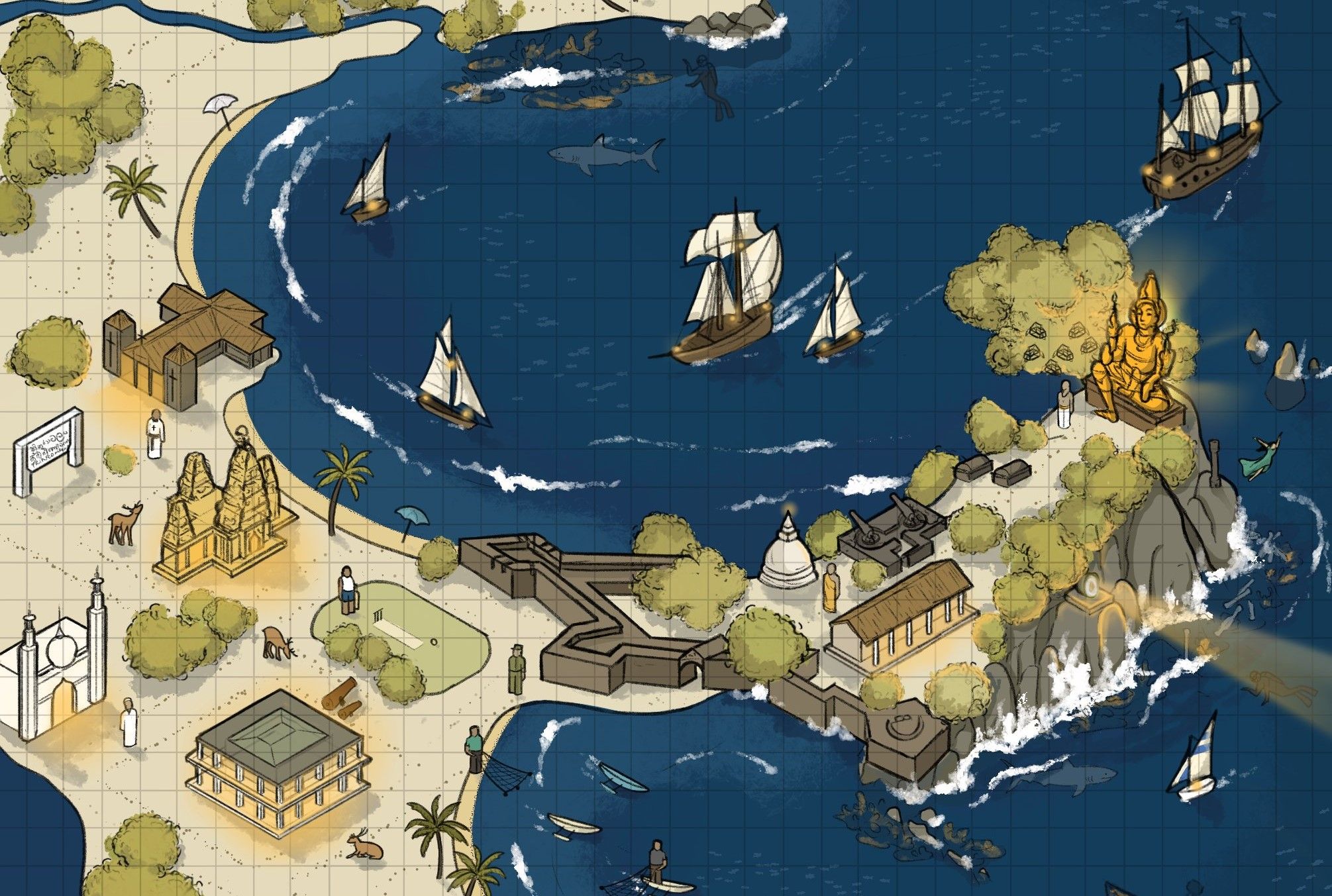
Life can knock you down ten times, but you get back up eleven. For twenty kids in Trincomalee, Sri Lanka this was one of those milestone moments. As a significant geographical location during the 30-year-old civil war, growing up in Trincomalee isn’t easy. Decades of unrest between the Sinhala and Tamil ethnicities left its mark on three generations of innocent lives. People have gone through a lot, not only to get by but to stay alive amidst raids, bombs and crossfire. It's been 14 years since the war ended, and the people are barely rising from the ashes of a forced past. The effects of the pandemic followed by the hardships that arose with the recent economic crisis that cut off tourism made sure to halt the people’s efforts in rebuilding their lives.
It is in this context that we at iDiscover, I as a writer, along with my colleagues Atheeq - videographer - and Devni - illustrator - with the invaluable support of researcher Prathini and translator Vithursha ventured out to teach digital storytelling and cultural mapping. Twenty young people from Trinco aged 15-25 from different backgrounds, faiths, and social standings arrived eager to explore their hometown. All of us had 10 days of immersive exploring, learning and creating ahead. Honestly, I felt that we ended up learning more than we taught.

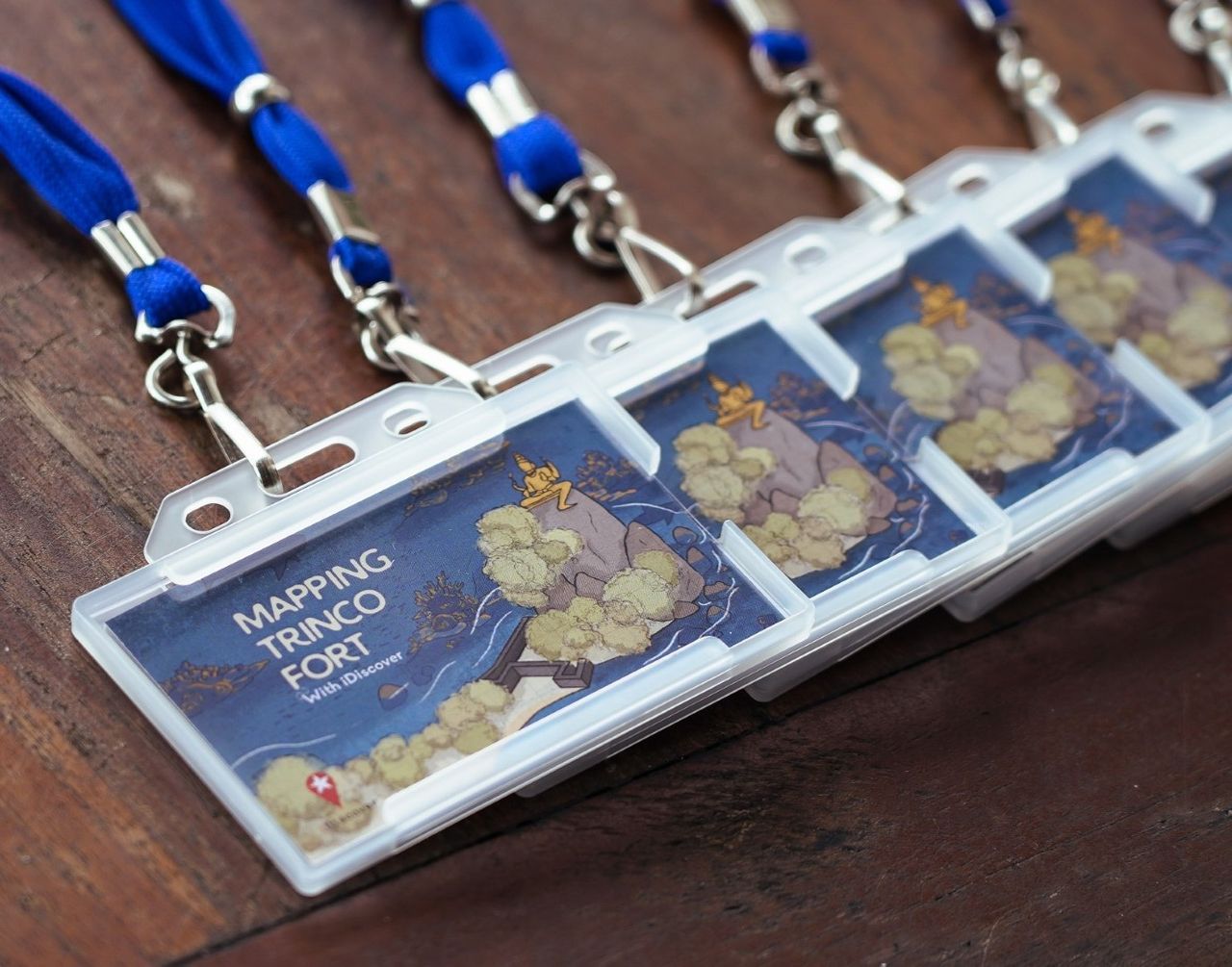
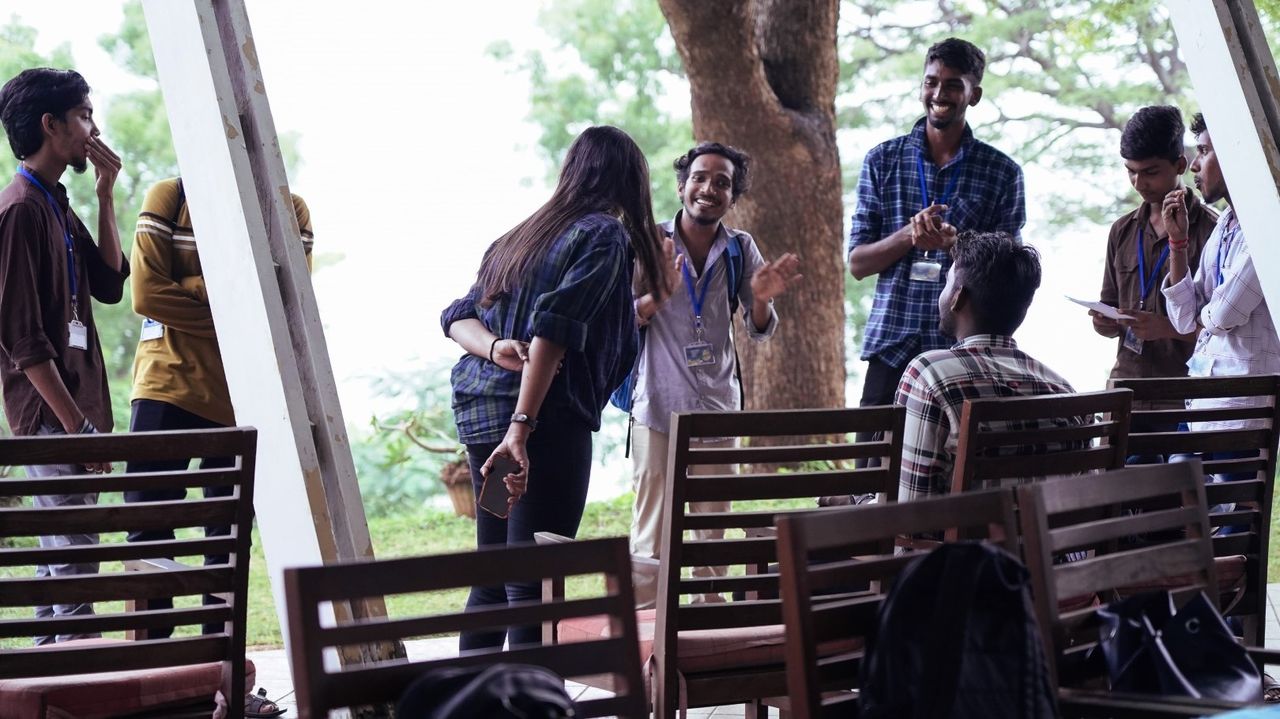
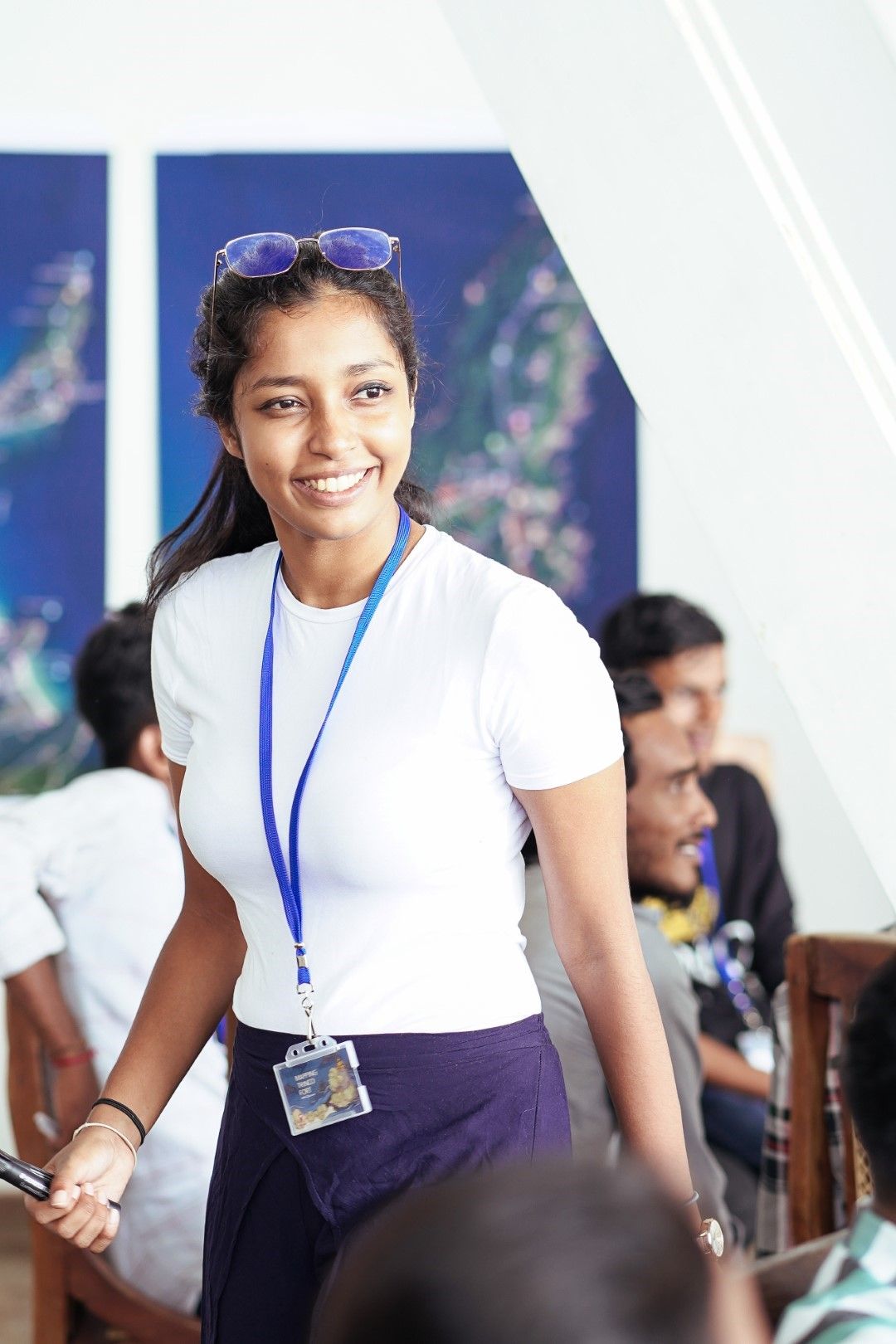

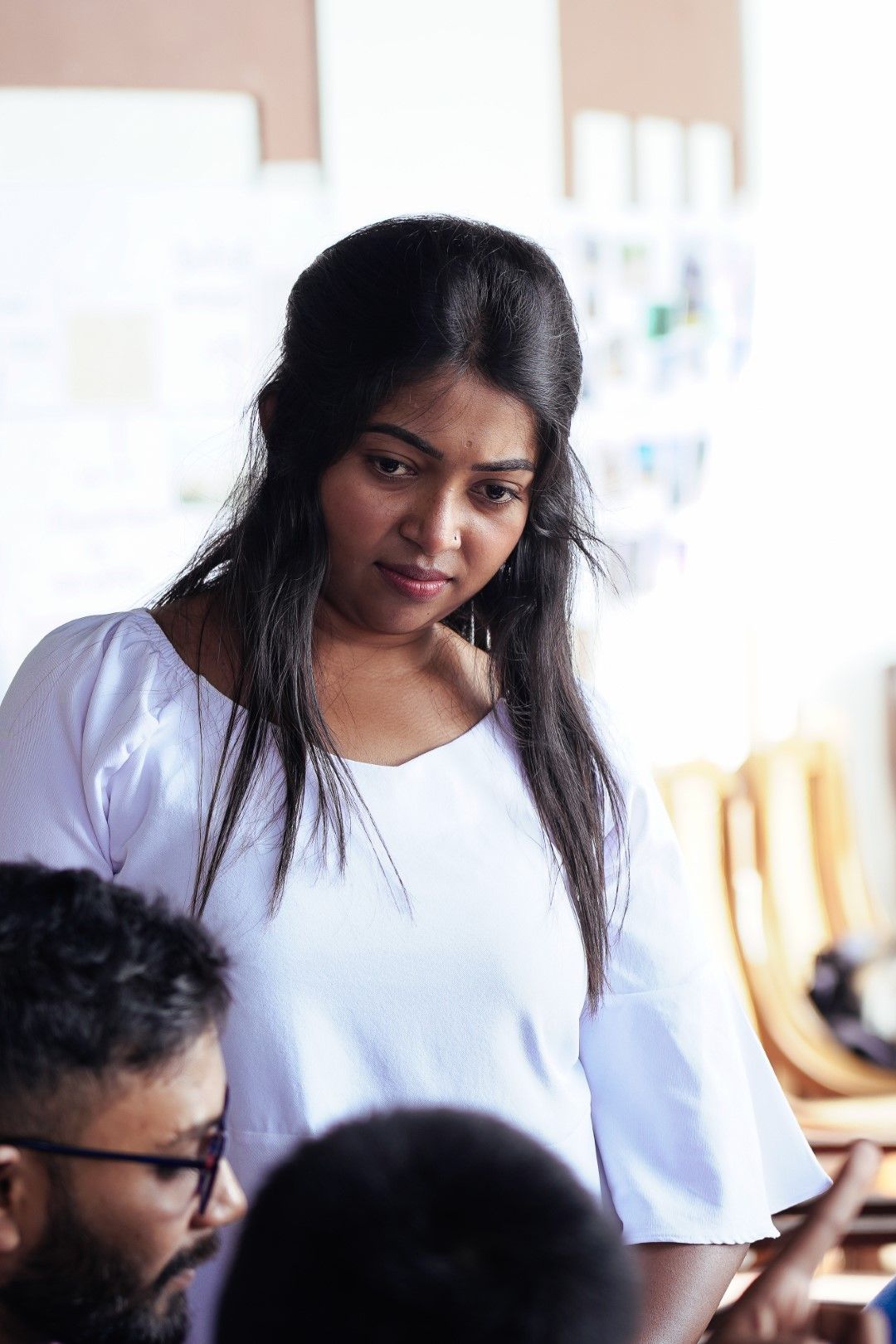

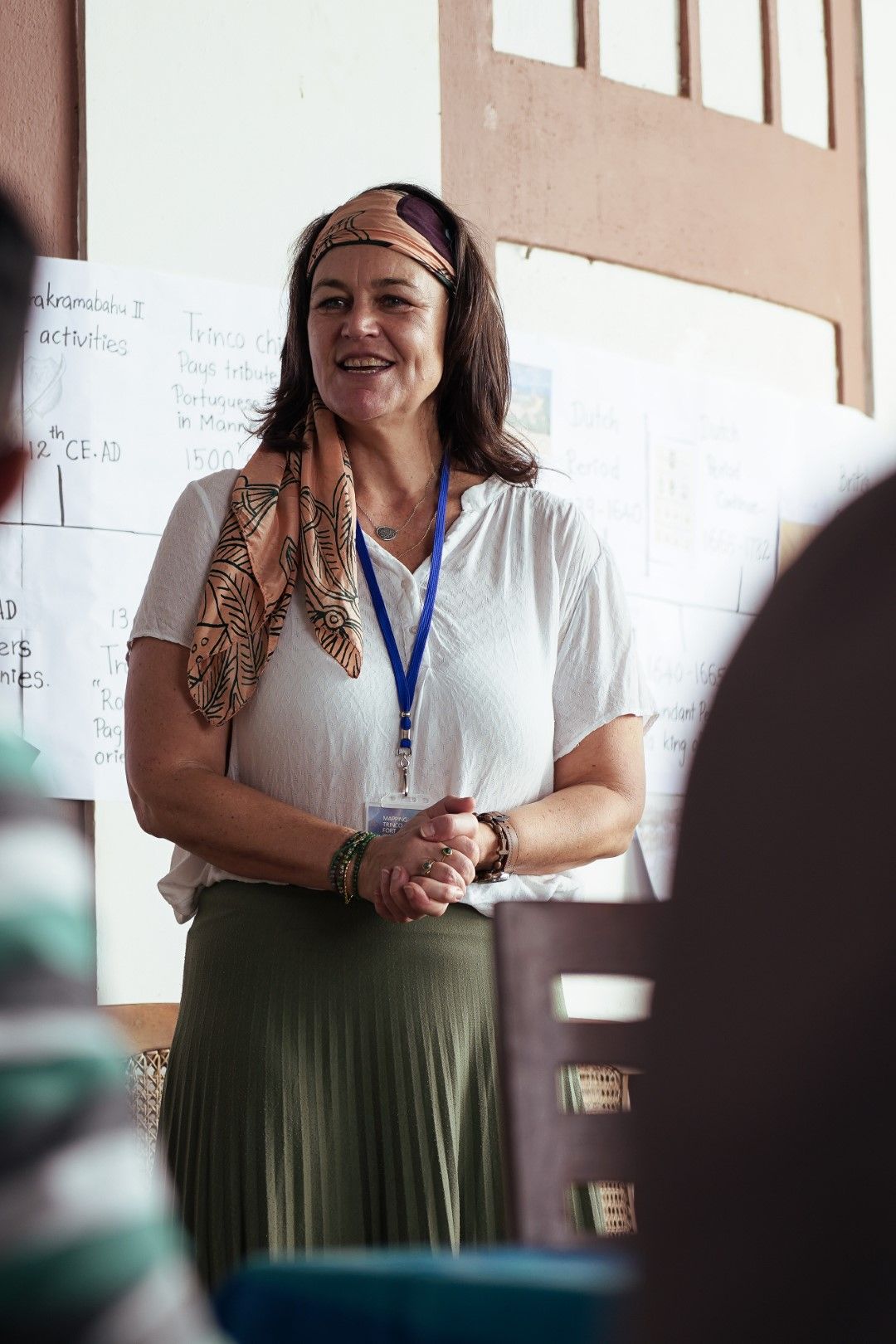
An old subject through fresh eyes
On a balmy Saturday afternoon, this group of teenagers raced each other through the city of Trinco, fast-and-the-furious style in colourful tuk-tuks to gather stories and secrets about their hometown. It is not something any of these kids had ever associated with learning. As a population that is still limited to learning from books inside classrooms, not many get the chance to venture outside the government-funded university education. Their higher education options are usually limited to fields such as engineering, science, IT, law and if you’re really bad at everything else, arts.
If their parents can afford it, many students tend to opt for private education once they finish school with their parents focussed more on securing a job early on in an industry such as IT that they deem stable. The parents worry about their children's futures are not without basis. In a land rebuilding after multiple challenges, their concern for their children to want a stable job is understandable. Pursuing jobs in photography, design or writing is not seen as a lucrative enough career option for them.
However, us creatives being there and guiding them through the process of mapping and storytelling provided a fresh perspective on how to pursue their hobbies as a career choice. We taught the students skills in photography, film, drone flying, writing, illustration and storyboarding, but also shared our personal journeys with them. This helped them to produce great digital content in just one week time but also inspired them to try their luck in these creative disciplines.
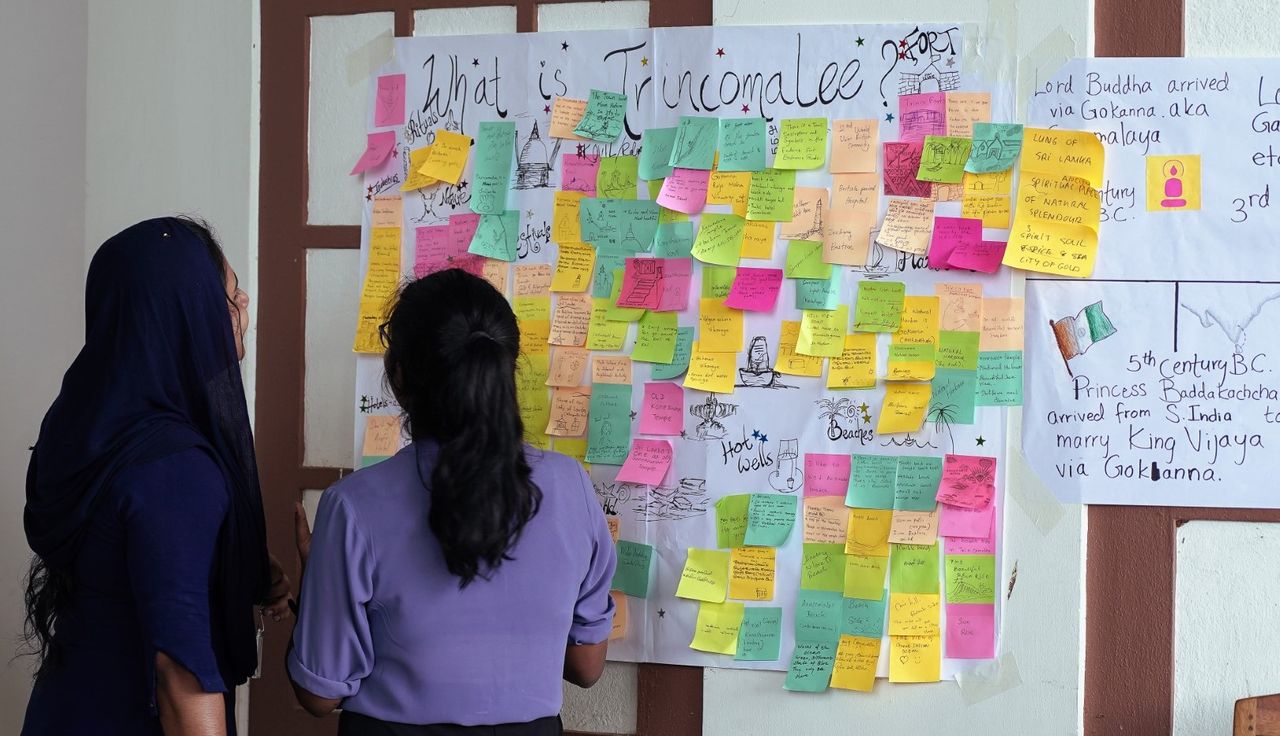
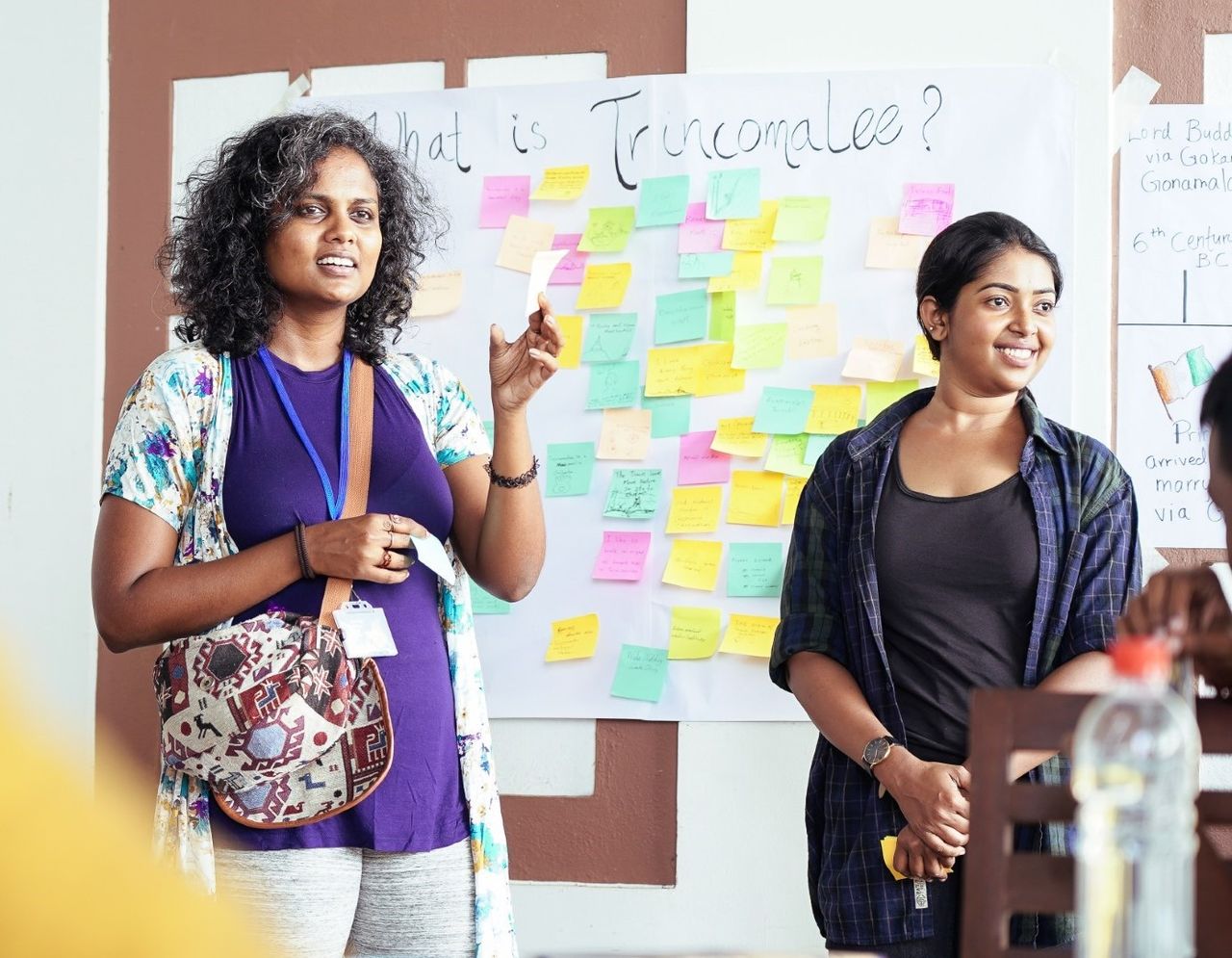
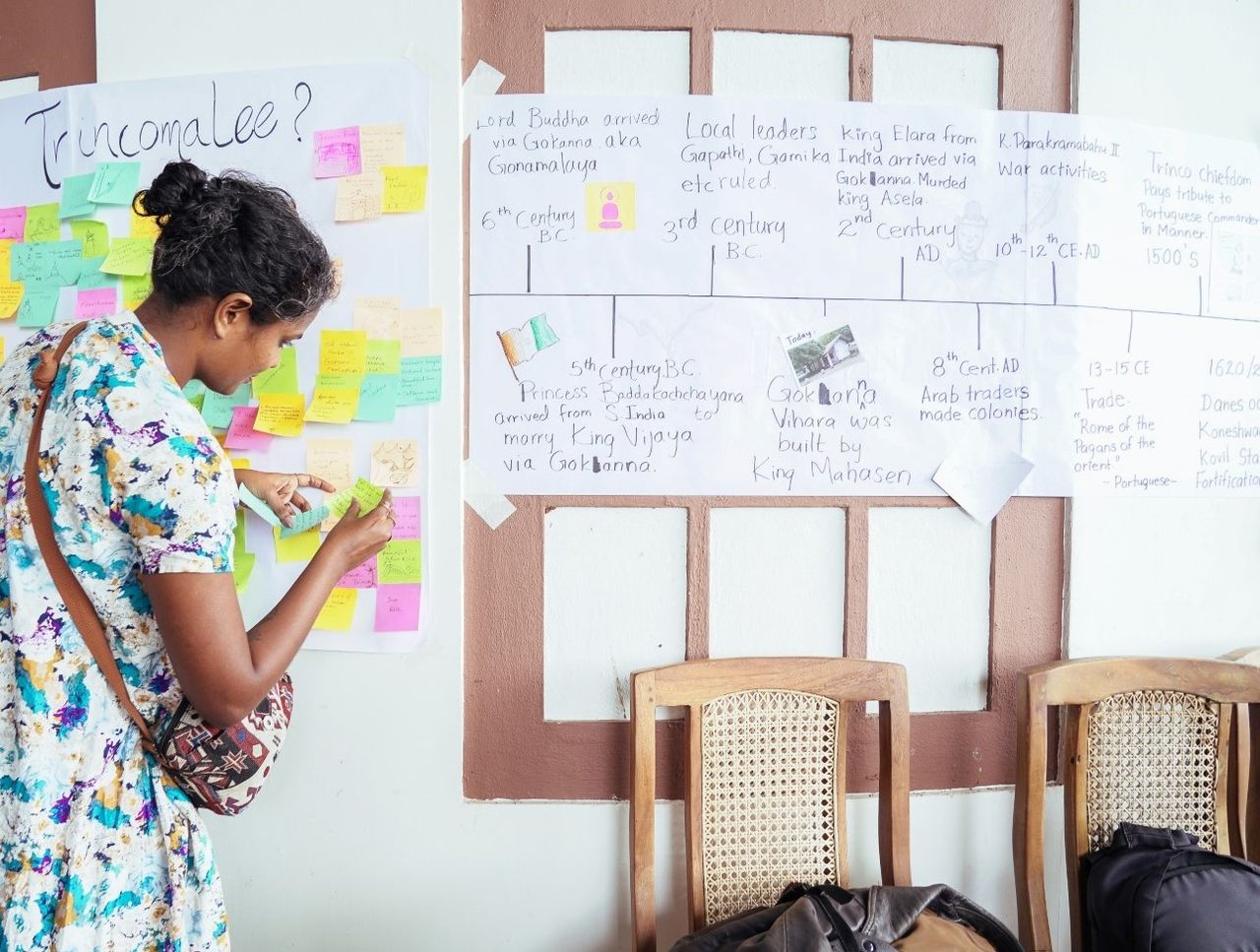
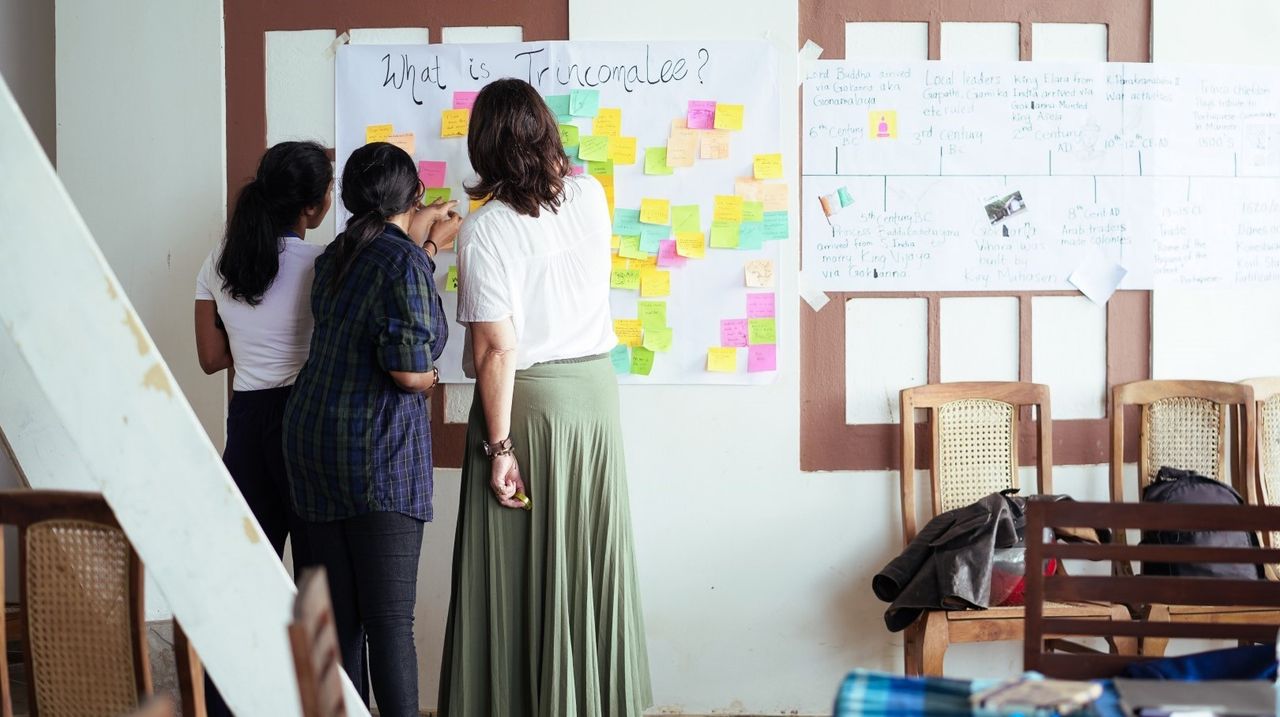
Even though this is my hometown, I wasn't familiar with anything in Trinco. I’ve never really thought much about the cultural significance of these places. Talking to people really opened my eyes.
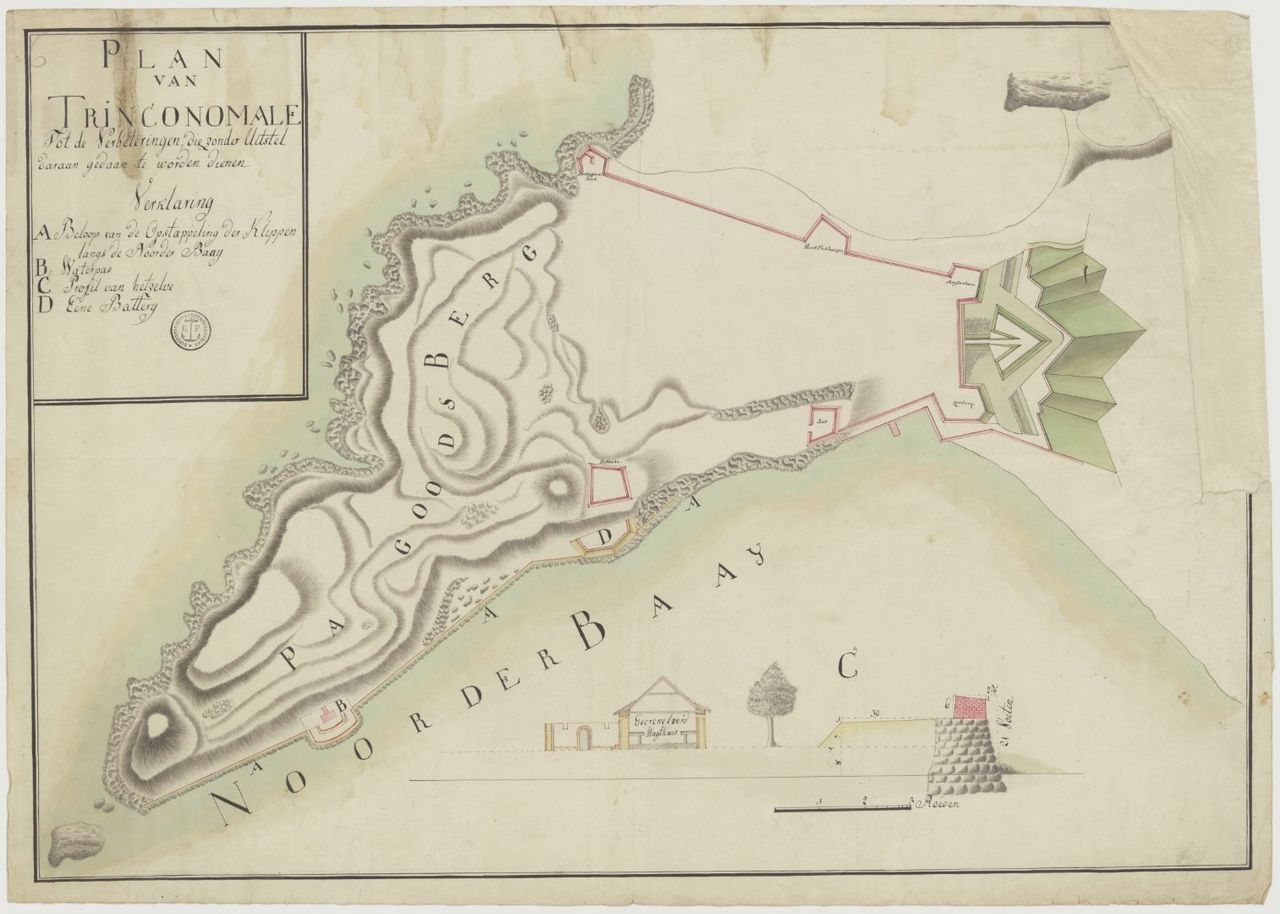
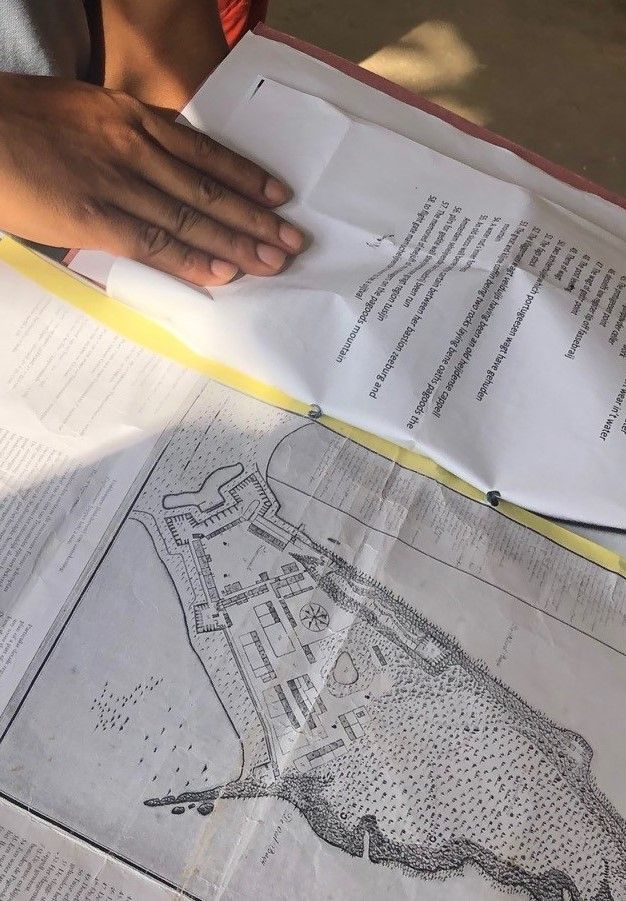
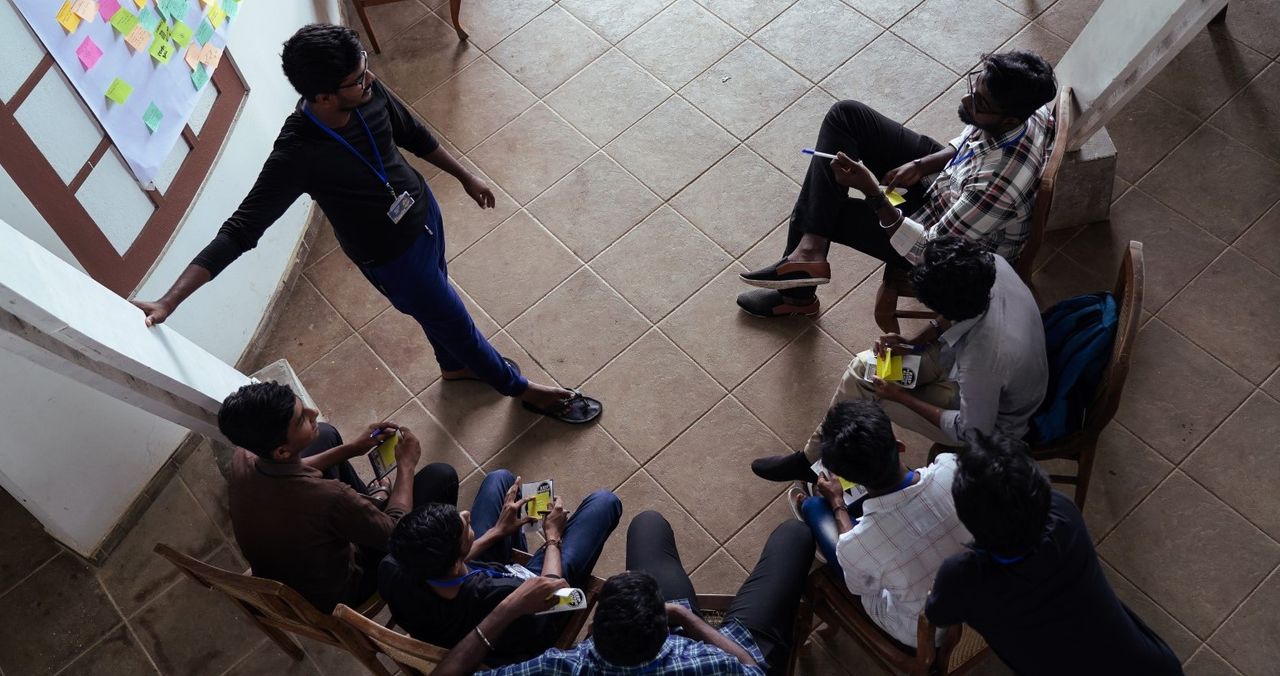
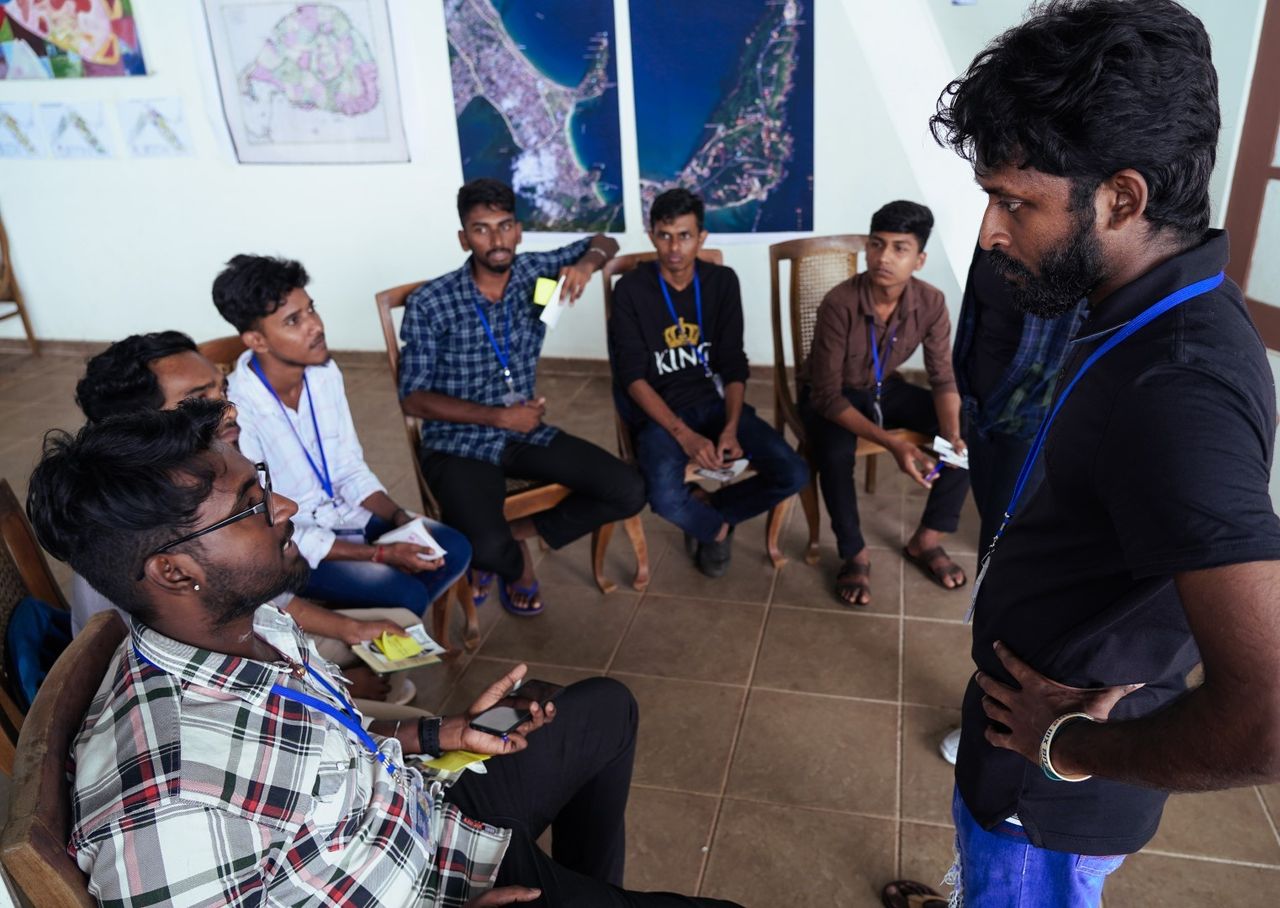


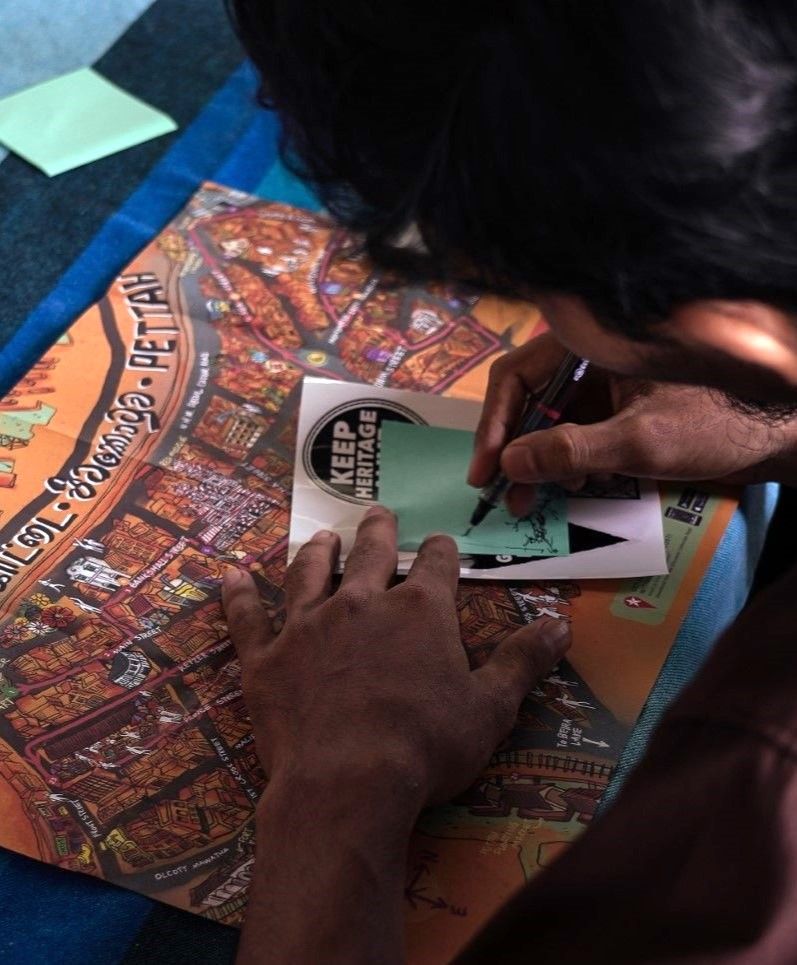

Trincomalee, on Sri Lanka's lesser-known East Coast was a significant harbour in international affairs based on its geography of hills and a deep sea within the bay that allowed massive ships to dock. Spiritual healers to royals that wanted to expand their territory, to Indian brides for Sri Lankan princes, Arab traders, and colonial invaders have entered Ceylon through this ancient getaway with records dating as far back as the 1st century BC.
Using historical records, maps and documents they dived deep into the colourful history of place and uncovered stories of local legends and vibrant rituals that surround the lives of the people living in this centuries-old harbour. Then the students rallied in 20 tuk tuks, all driven by locals who knew their way around Trinco City to different corners of the city with their mentors in tow. Each pair had one Sinhala or Tamil speaker, which helped them communicate with more people in the area. They immersed themselves in their neighbourhood asking people about how they thought about Trincomalee; the places they liked to eat, where they went to have fun or play in, to shop at and any interesting surprises the city may have.
I loved working with so many people from different backgrounds. I know only Sinhala, so the languages were difficult at first, but I used Google Translations to understand Tamil and talk with my friends. I felt so connected like everyone was a family.
Being part of a community
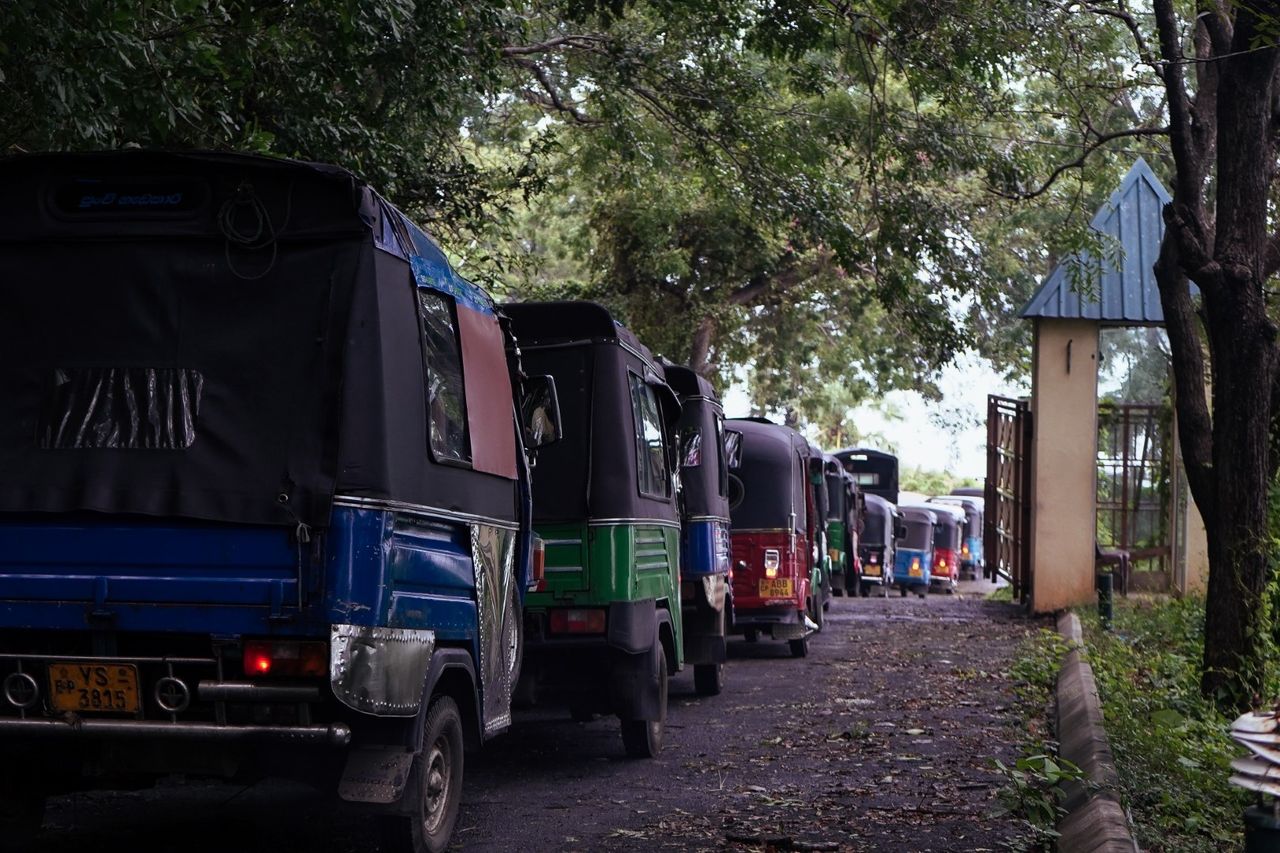



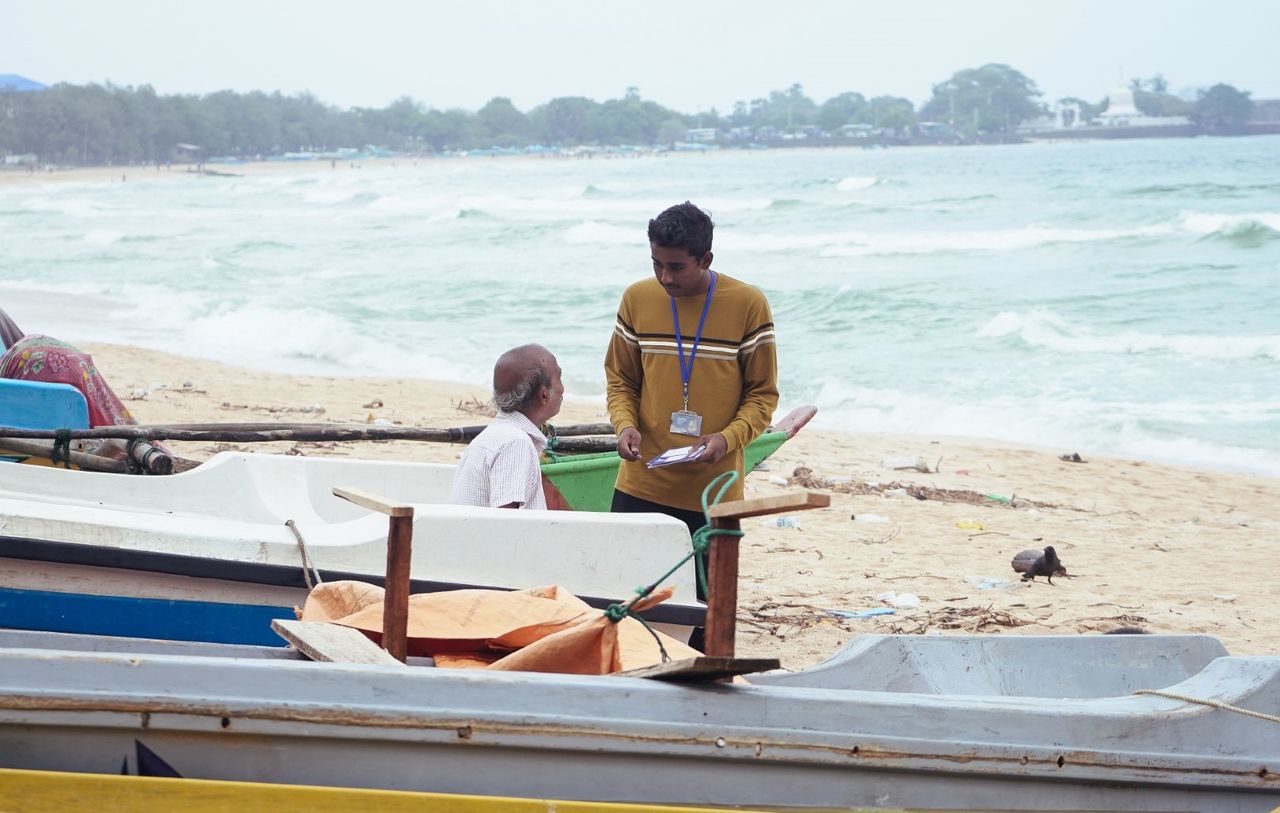
People are the pulse of a place.
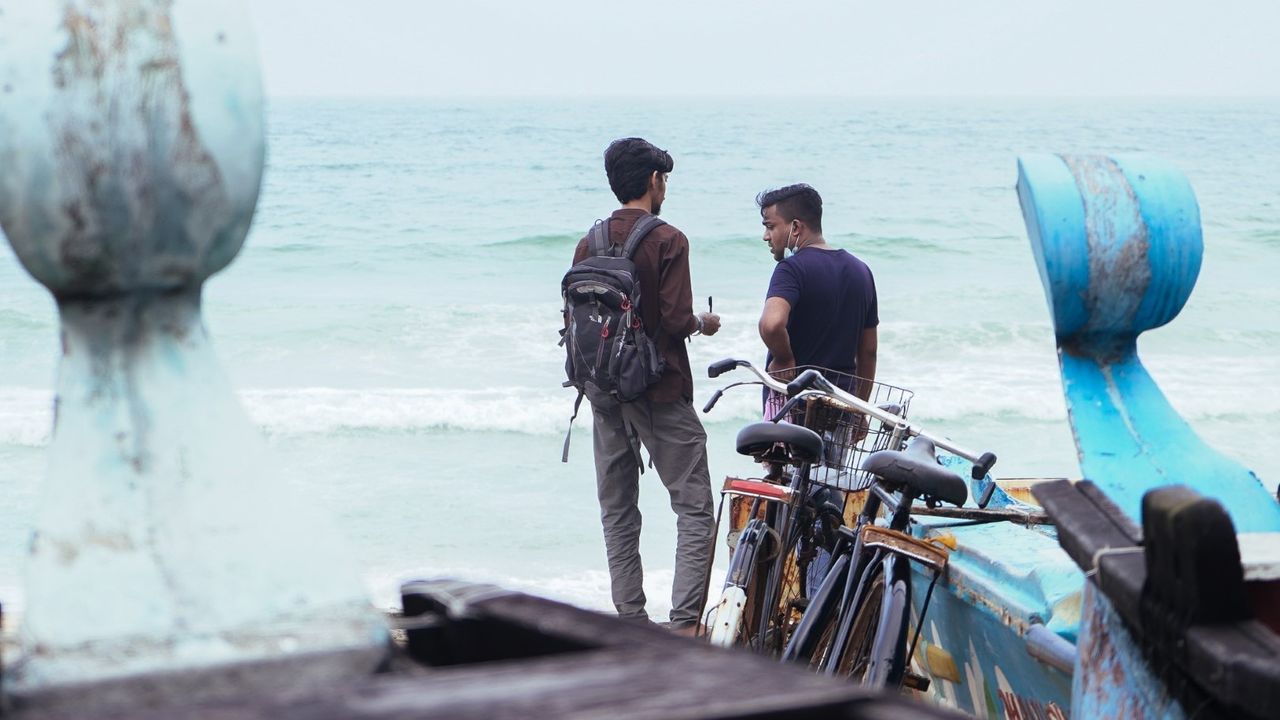
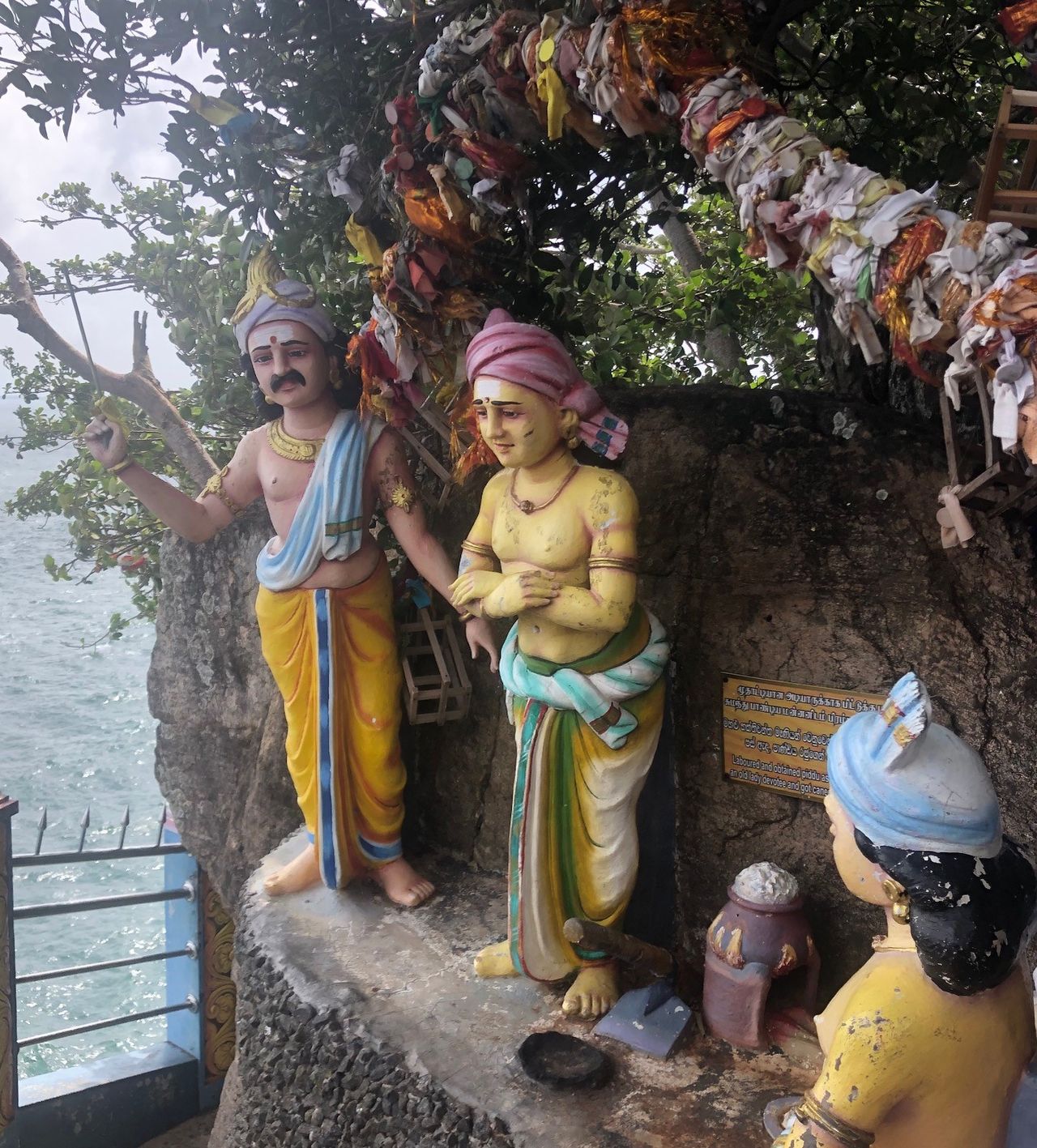


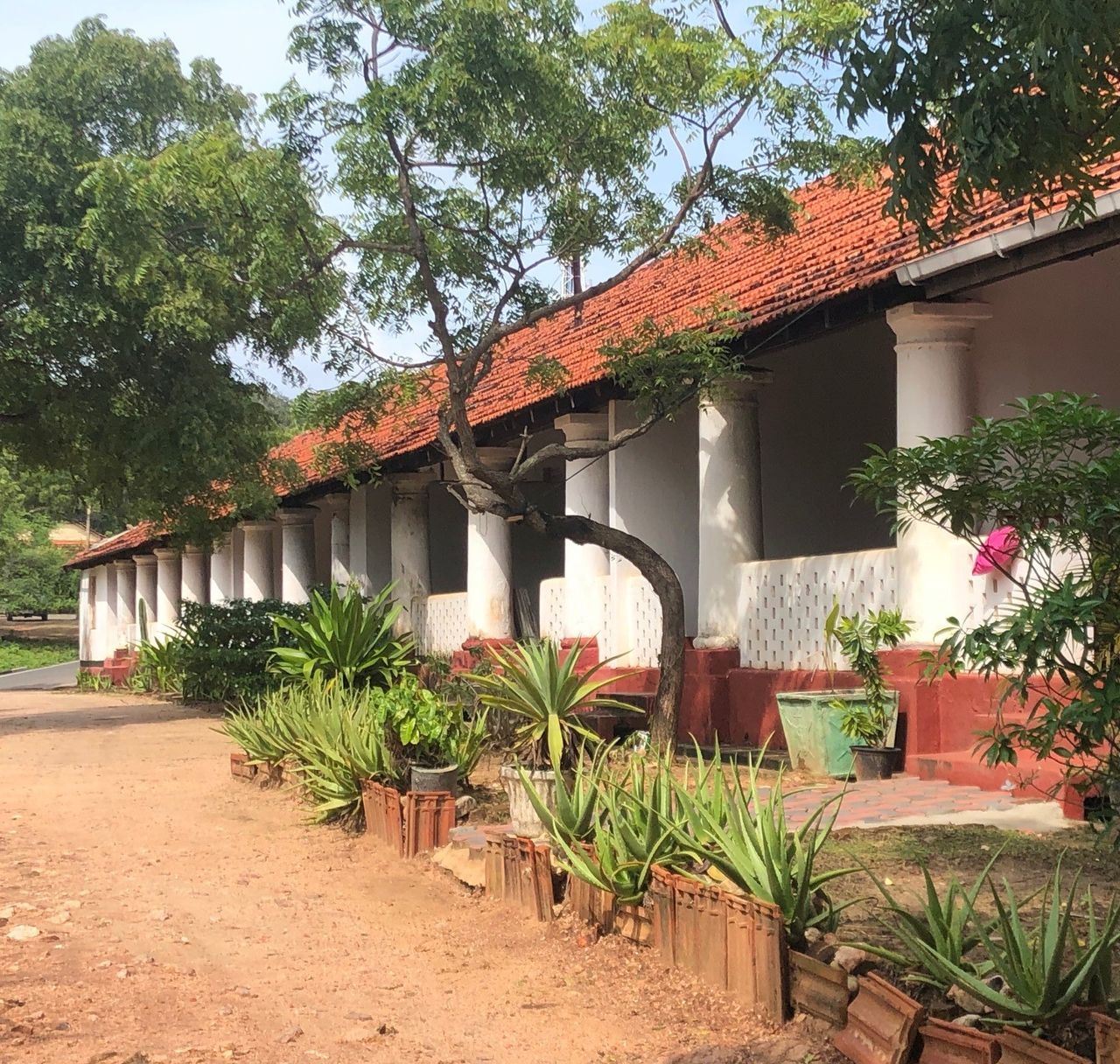
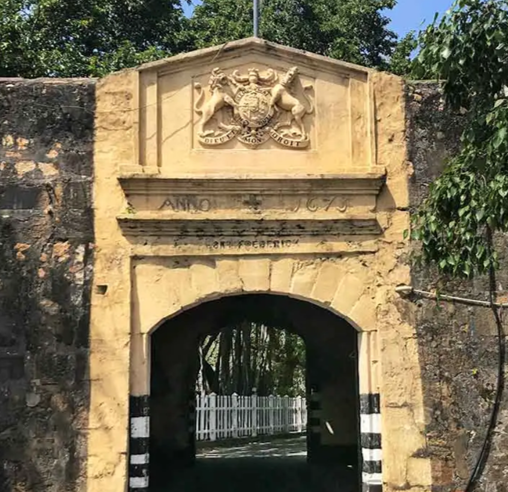




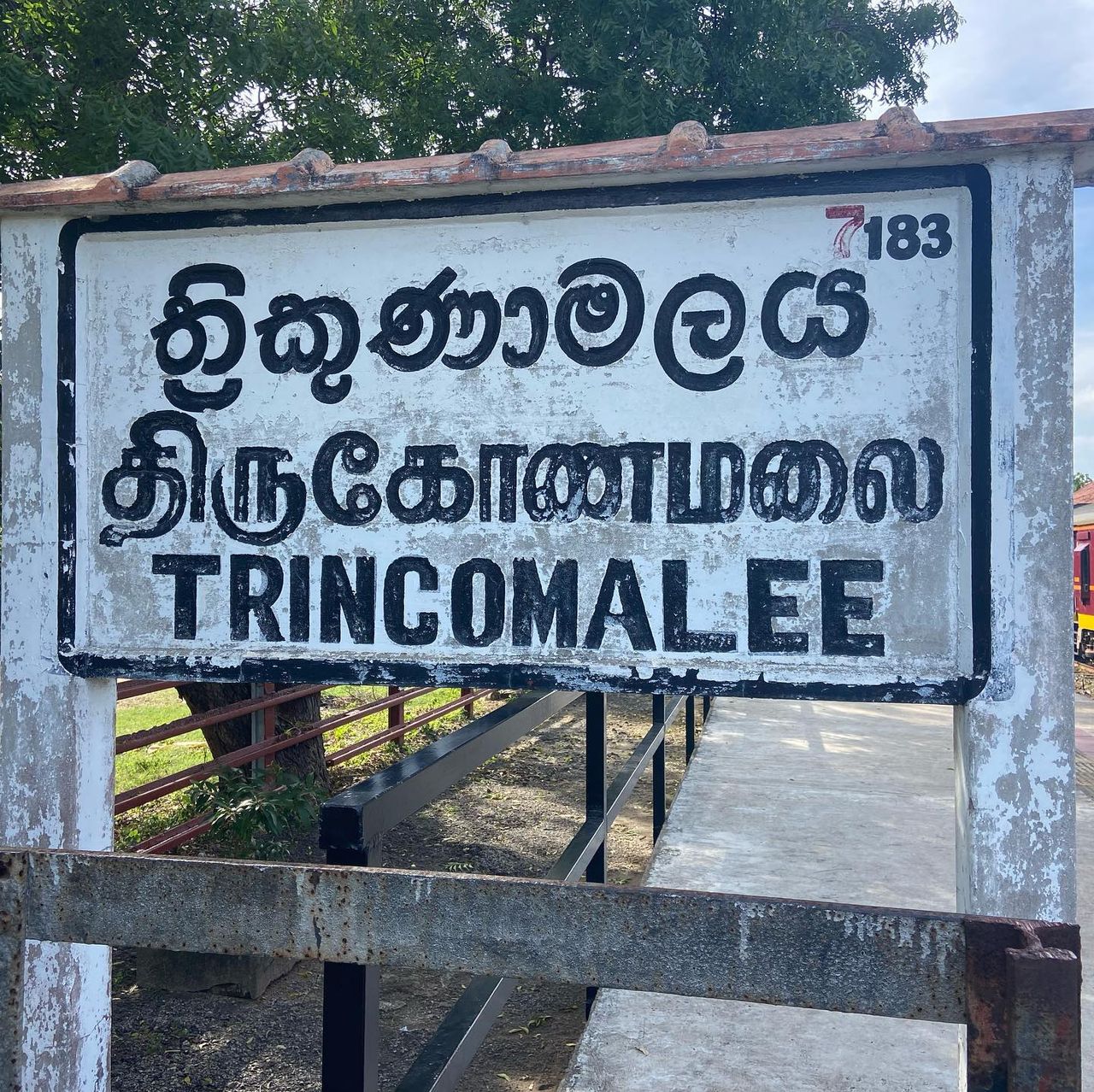

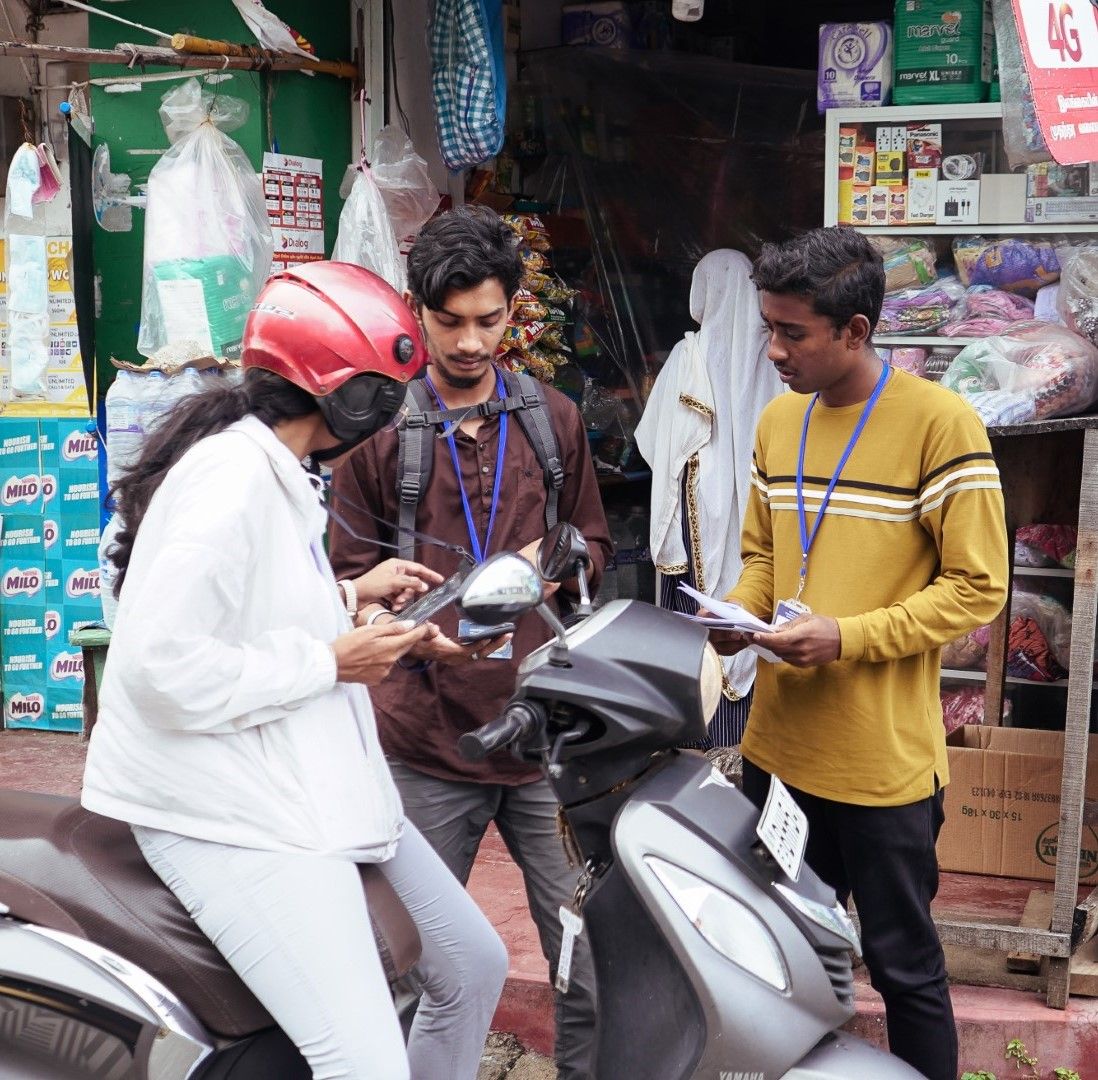
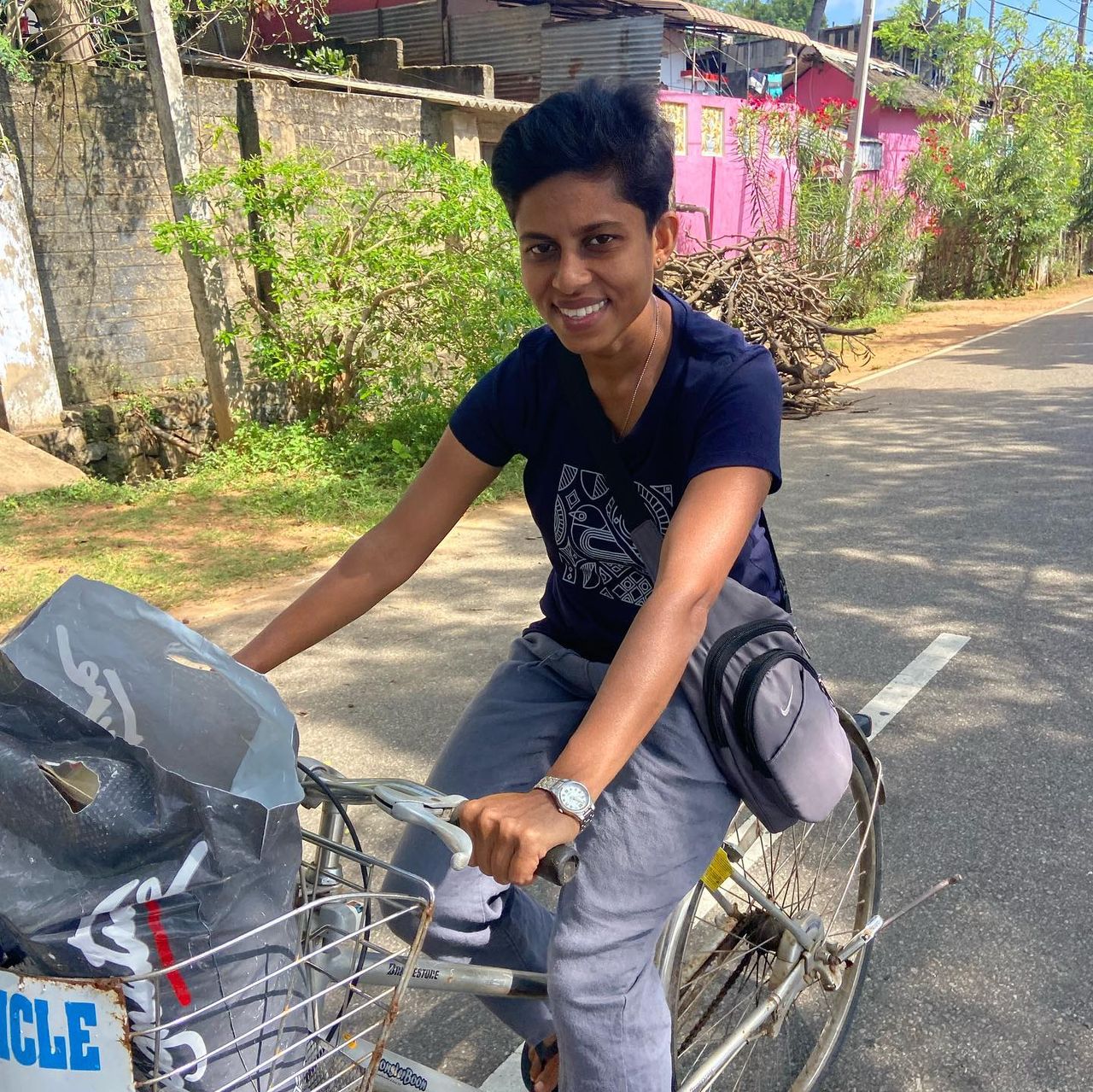
Our main aim at iDiscover was to build skills through the art of storytelling. But what we found out throughout the programme pleasantly surprised us. The students came from different backgrounds but they were united in the way they shared Trincomalee as their beloved hometown. Many had a deep understanding of their own culture, but never before had the opportunity to share this with fellow students. They learned that there can be multiple perceptions of place, depending on ethnicity, religion, ethnicity or even age or gender.
“Even though this is my hometown, I wasn't familiar with anything in Trinco. I’ve never really thought much about the cultural significance of these places and what it means to each of us. Talking to people and understanding really opened my eyes to so many sides of the same incidents,” said Nazeera (24), one of the participants.
All of us, Tamil and Sinhala got to spend time together. We ate together, roamed around together, and got to really get to know each of our histories.
Picking up on the town's key characteristics and most memorable places, the students worked in teams to develop narratives and storylines. We had anticipated that language would be a barrier, as some only spoke Tamil or Sinhala, but Google Translate proved to be a social lubricant that allowed for cross-cultural conversations, often for the first time.
“I learnt so much about social media, digital content and how to tell stories through them,” said Amsaigini who is 20 years old and wants to become a journalist. “We know the history but we don't know who said which story. I want to investigate this and use the power of words to make a difference to my people,” she added.
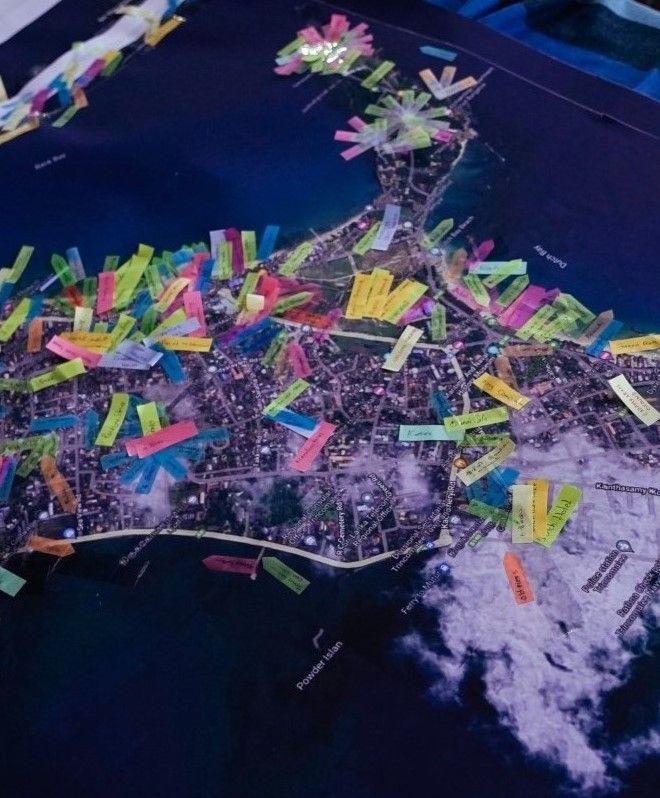



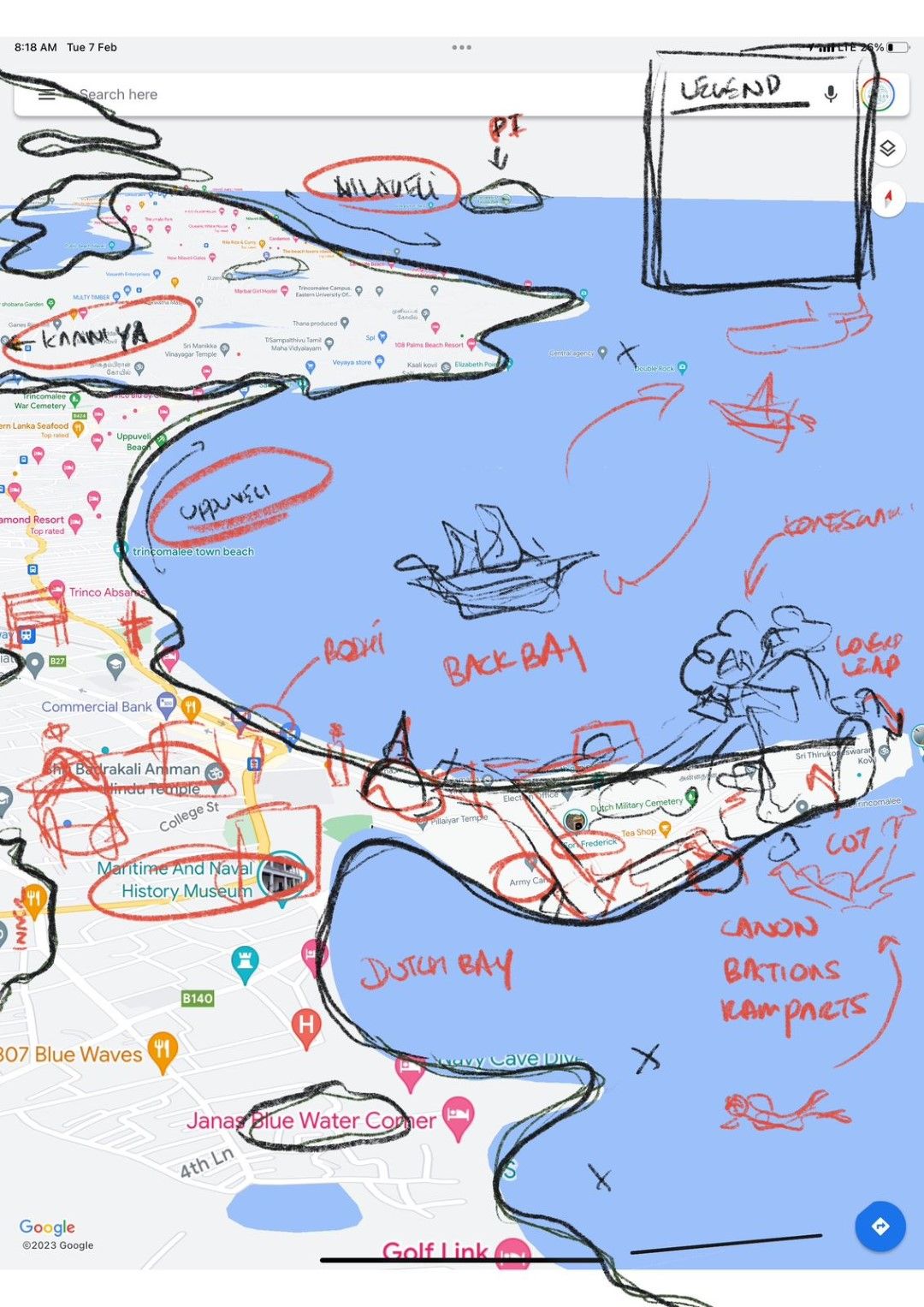
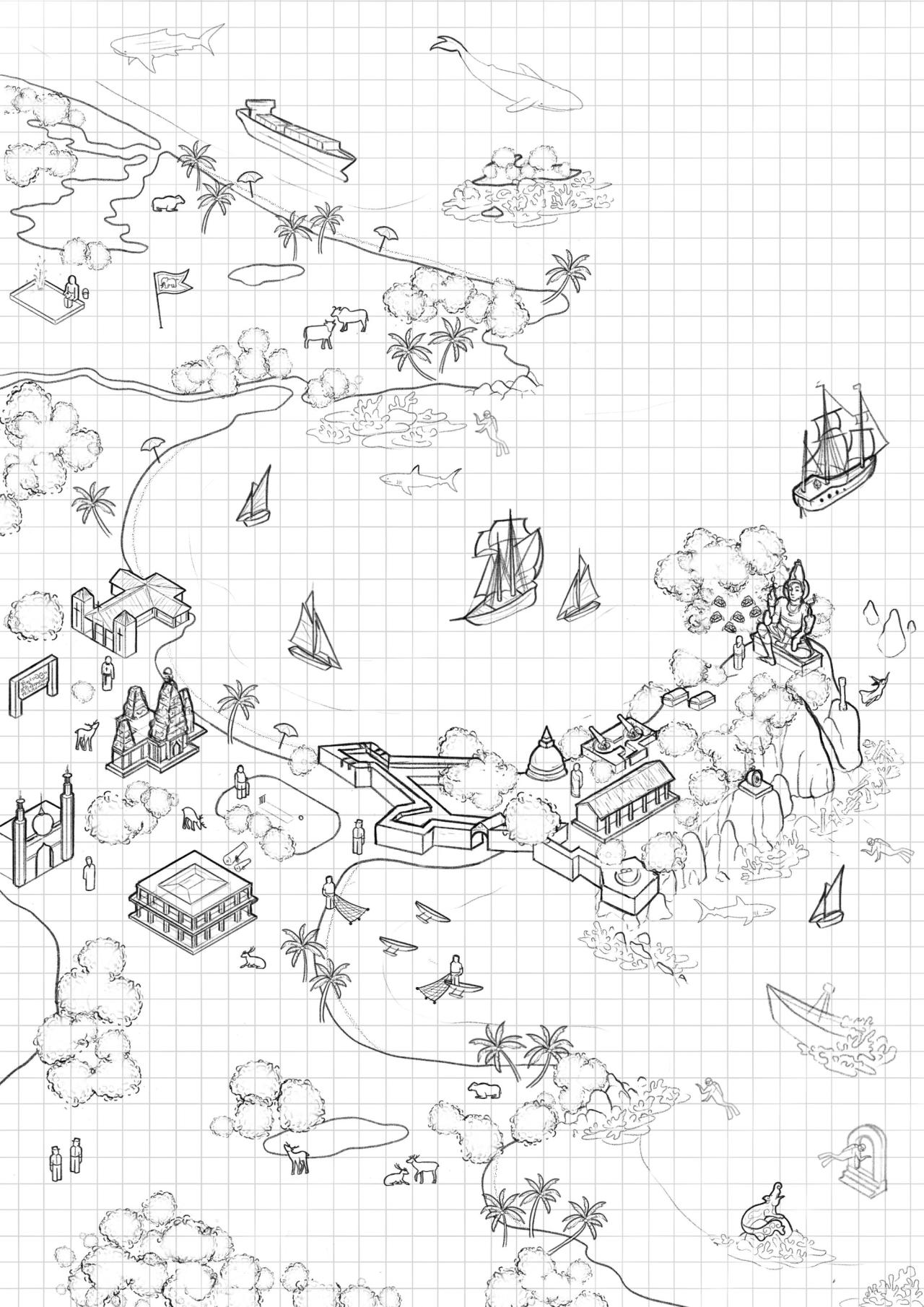
Stories that connect, reconcile and build
All of us, Tamil and Sinhala got to spend time together. We ate together, roamed around together, and got to really get to know each of our histories.
Through their findings, the participants saw Trincomalee in a way that they had not yet seen. Then they created several narratives that they felt represented Trincomalee.
One group decided to showcase their culture through the different dances during Maha Shivarathri in their story walk titled ‘Colour of Culture’. They drew costumes, made dialogues and even constructed props and costumes that are used during the festival. “I want to celebrate my culture through my art,” said Laxmi (19) who started an Instagram account for her art.
Another team carried out a walk that connected the animals with the natural beauty of their home town titled ‘Urban to Nature’ walk in Trincomalee for anyone who wants to absorb local flora and fauna. They presented their findings predominantly through watercolour art and created digital art presented through videos for their online story walk.
The third team followed their hearts and pursued a love story as old as time: the story on Lover’s Leap at Fort Frederick which followed the tragic love story of Francina the daughter of a Dutch army commander who fell in love with a Dutch soldier.
The fourth story walk is best followed via taste buds and delicious aromas. The 'Tasty Trinco' food trail covered a cross-section of all the vibrant food that Trincomalee had to offer.
The fifth team retold the story of the ‘Temple of a Thousand Pillars’ which is known today as the Thirukoneshvaran Temple. When the Portuguese destroyed this structure, devotees were forced to preserve what they could by burying them at land and under the sea. And this team spent hours in the Trincomalee library trying to dig up facts about this temple and understand what happened through numerous perspectives.



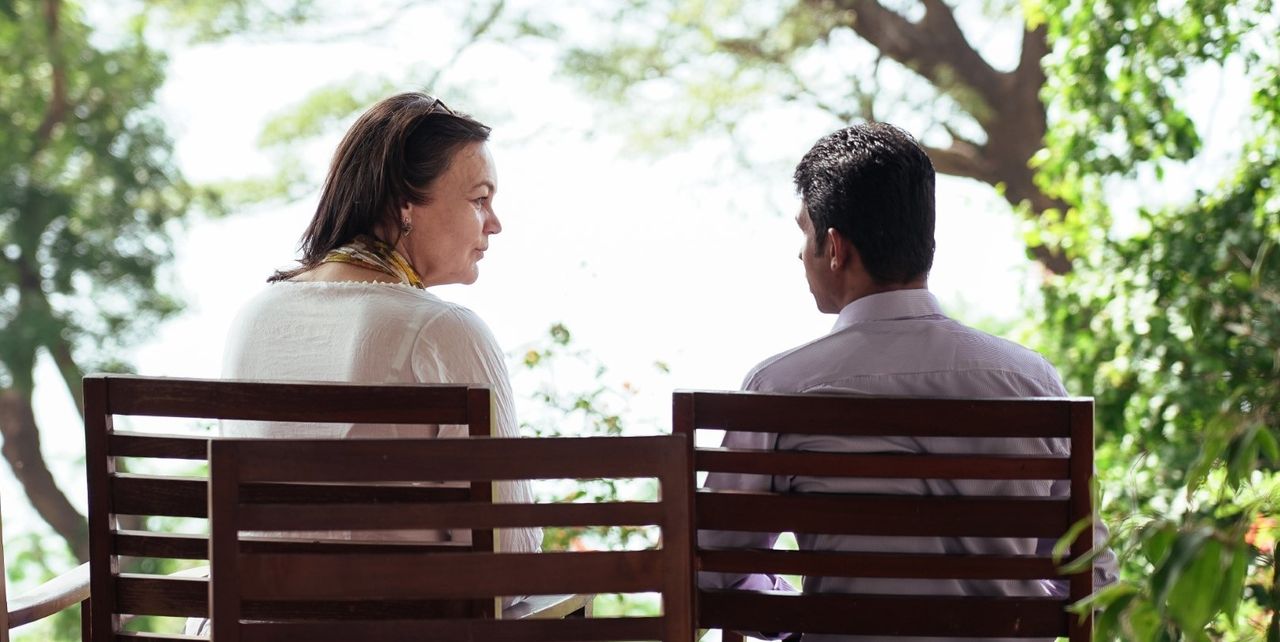
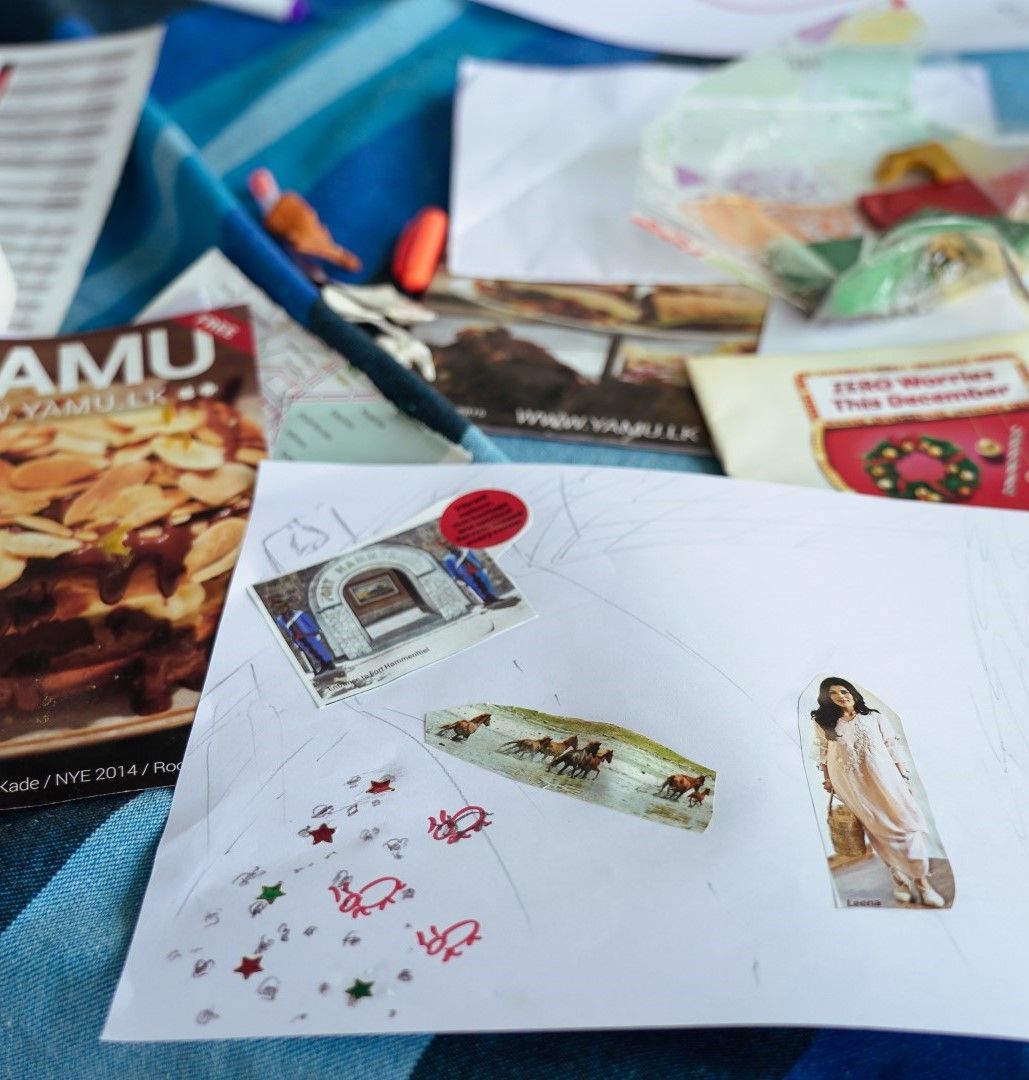

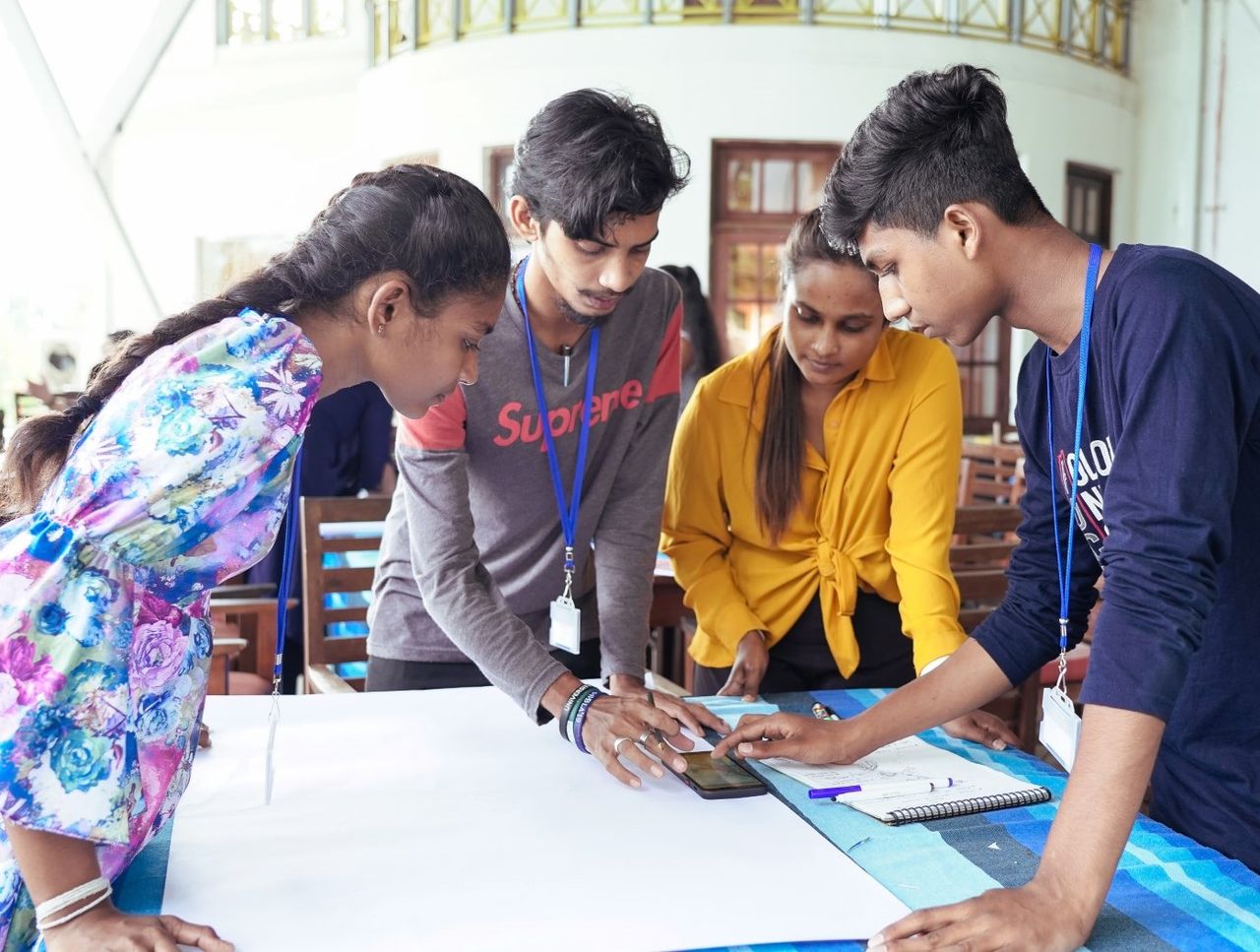
I learnt so much about social media, digital content and how to tell stories. I want to use the power of words to make a difference to my people.
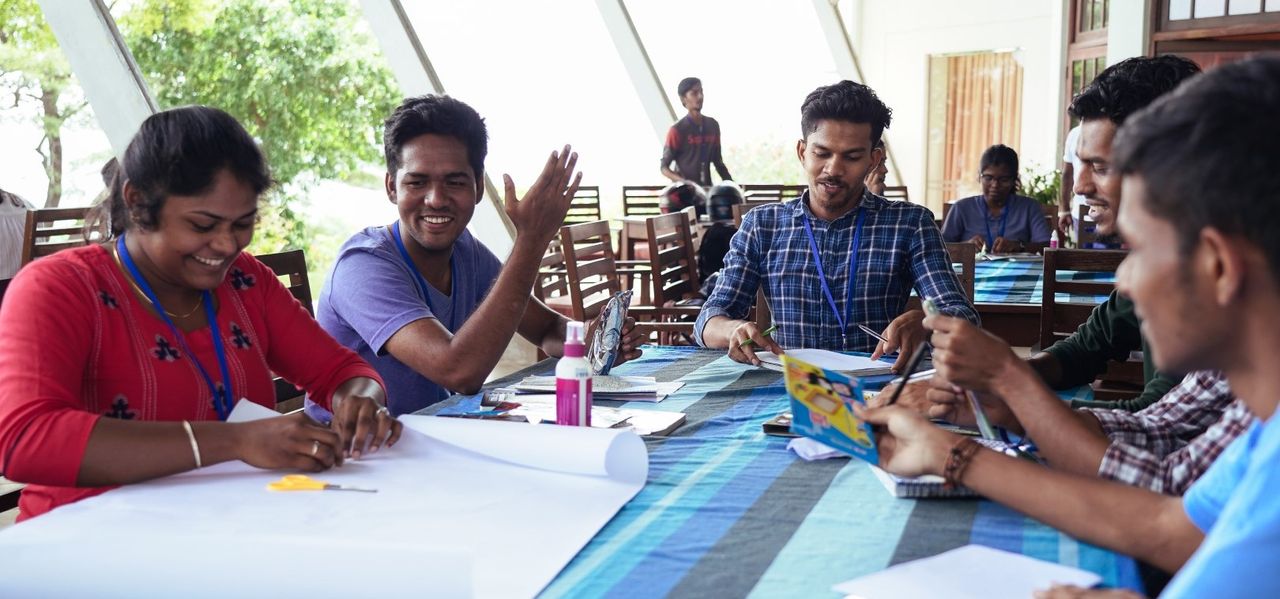


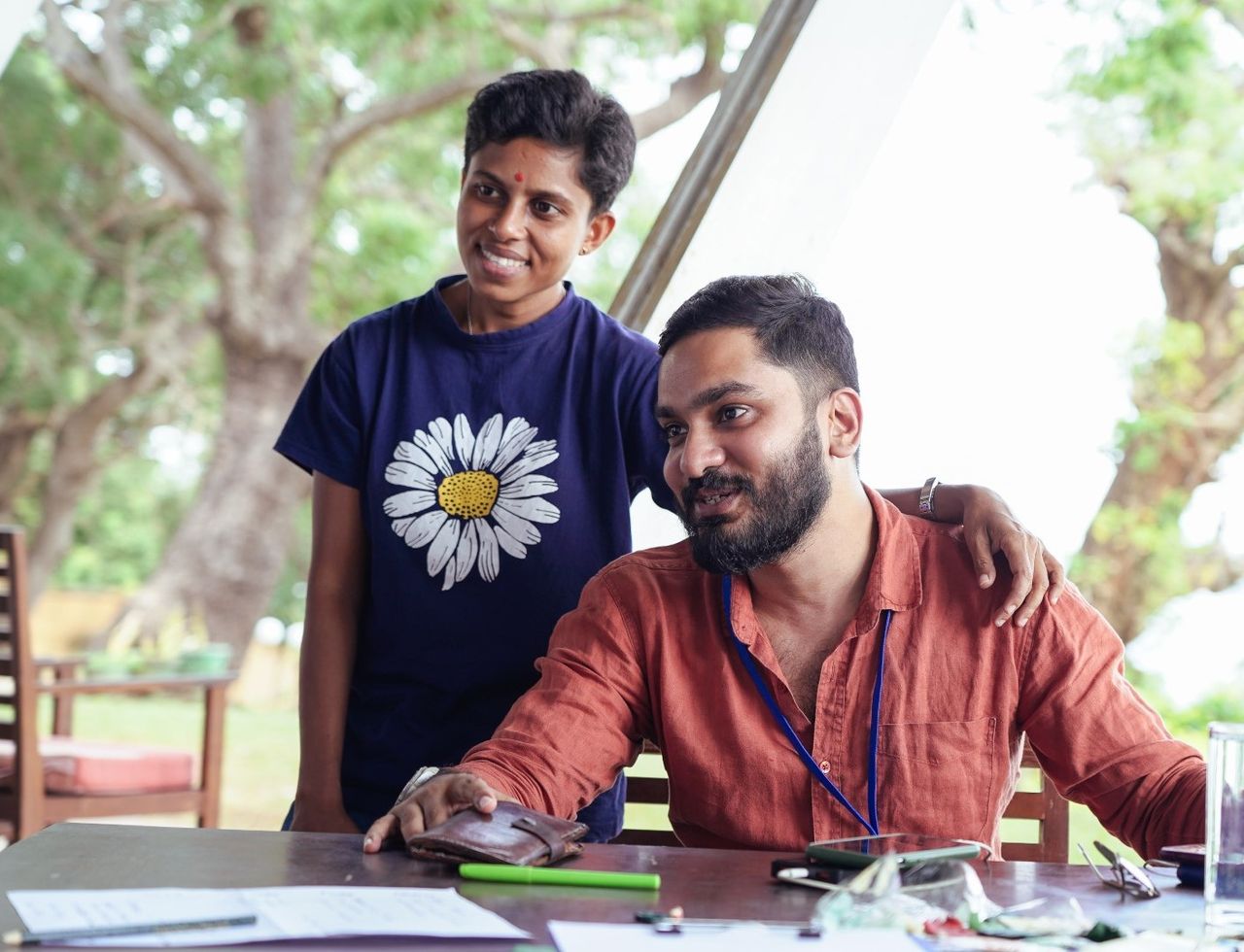
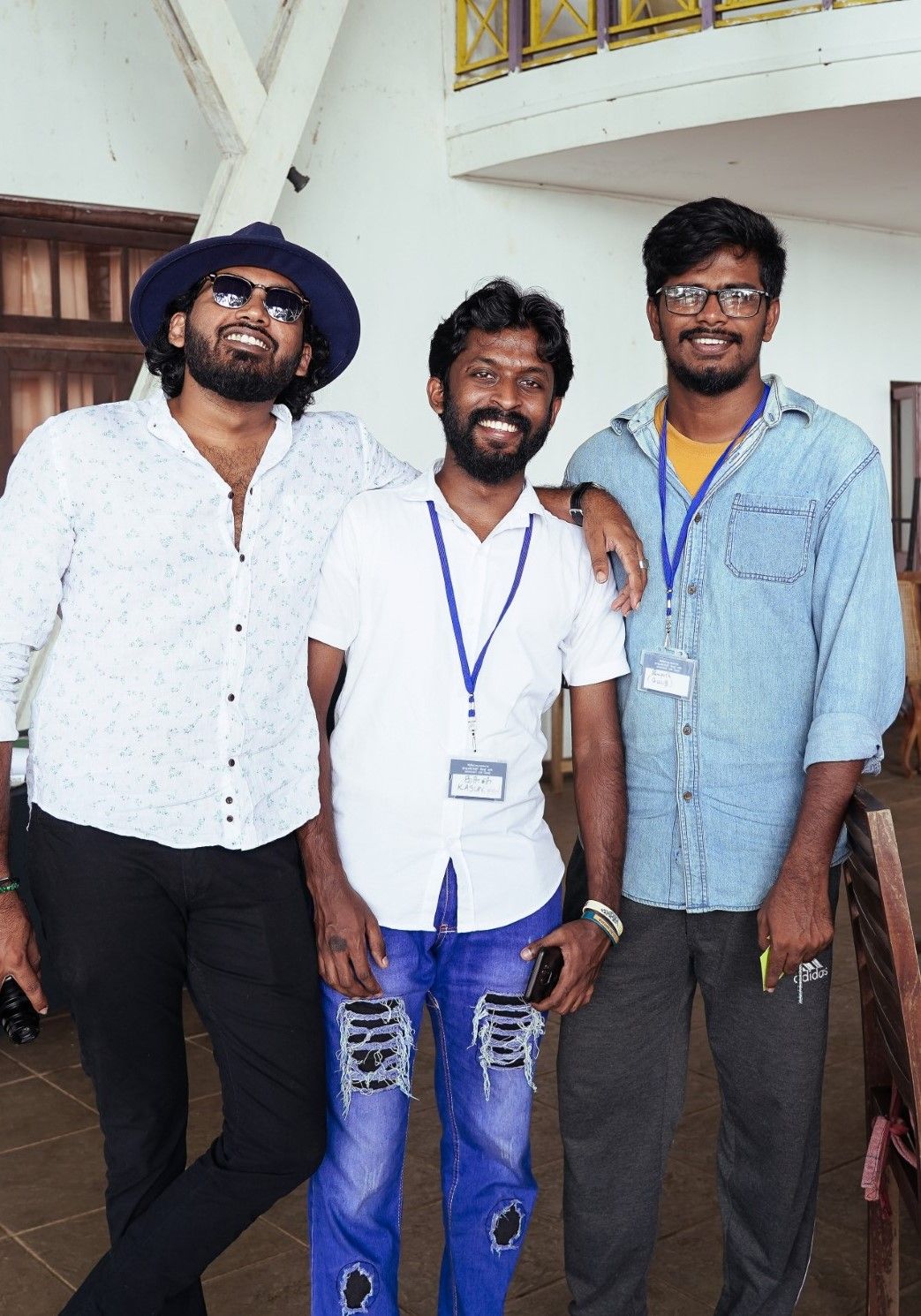
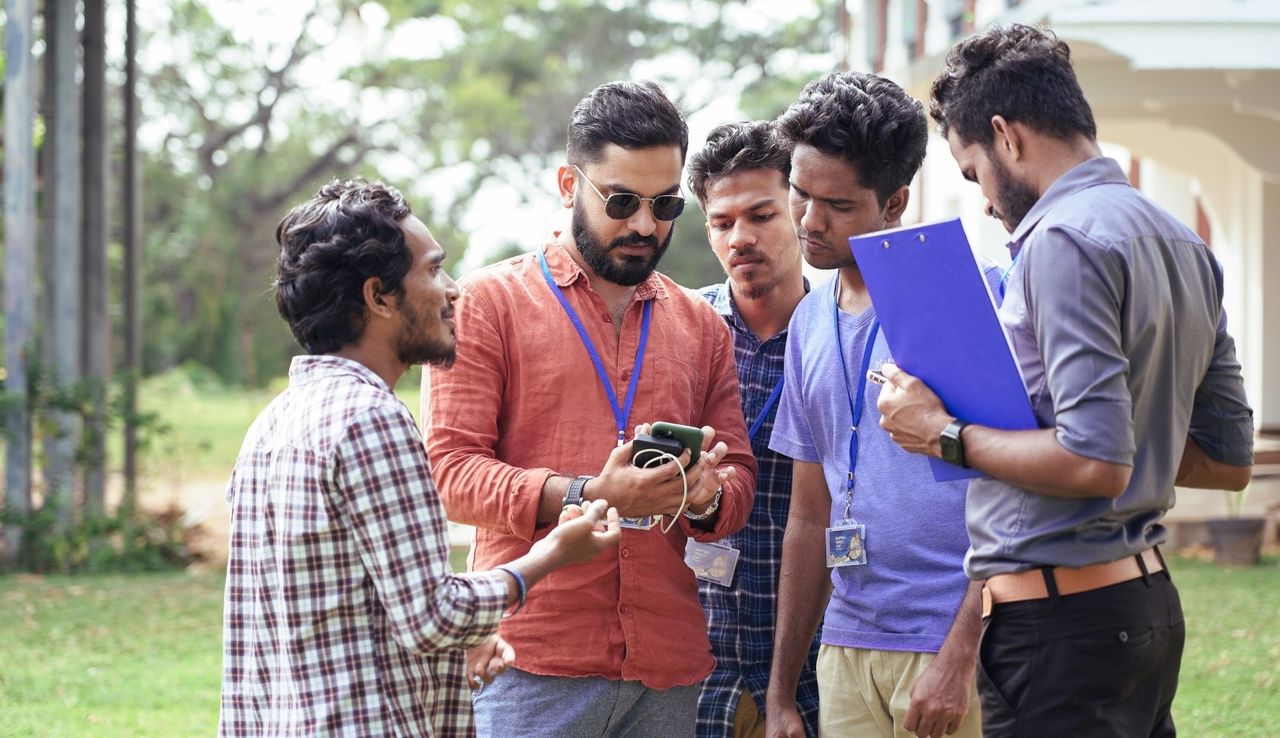
From camaraderie to reconciliation
These stories, while showcasing history and legend unique to Trincomalee creatively, also emphasized the importance of understanding history and culture in shaping our present and future. The students were able to understand the complexities of conflict and how to overcome them.
“People are different. I want to understand them better. What I keep remembering is that we're all Sri Lankans. So we have to respect everyone and be kind,” said Antony (23).
Another participant, Malith aged 20 said “I loved working with so many people from different backgrounds. I know only Sinhala, so the languages were difficult at first, but I used Google Translations to understand Tamil and talk with my friends. I felt so connected like everyone was a family. The workshop felt like a film - what to expect next? I wasn't sure. But I felt it flowed like a river, through rocks and hardships and in the end, a superb exhibition,”
People are different. I want to understand them better. What I keep remembering is that we're all Sri Lankans. So we have to respect everyone and be kind.
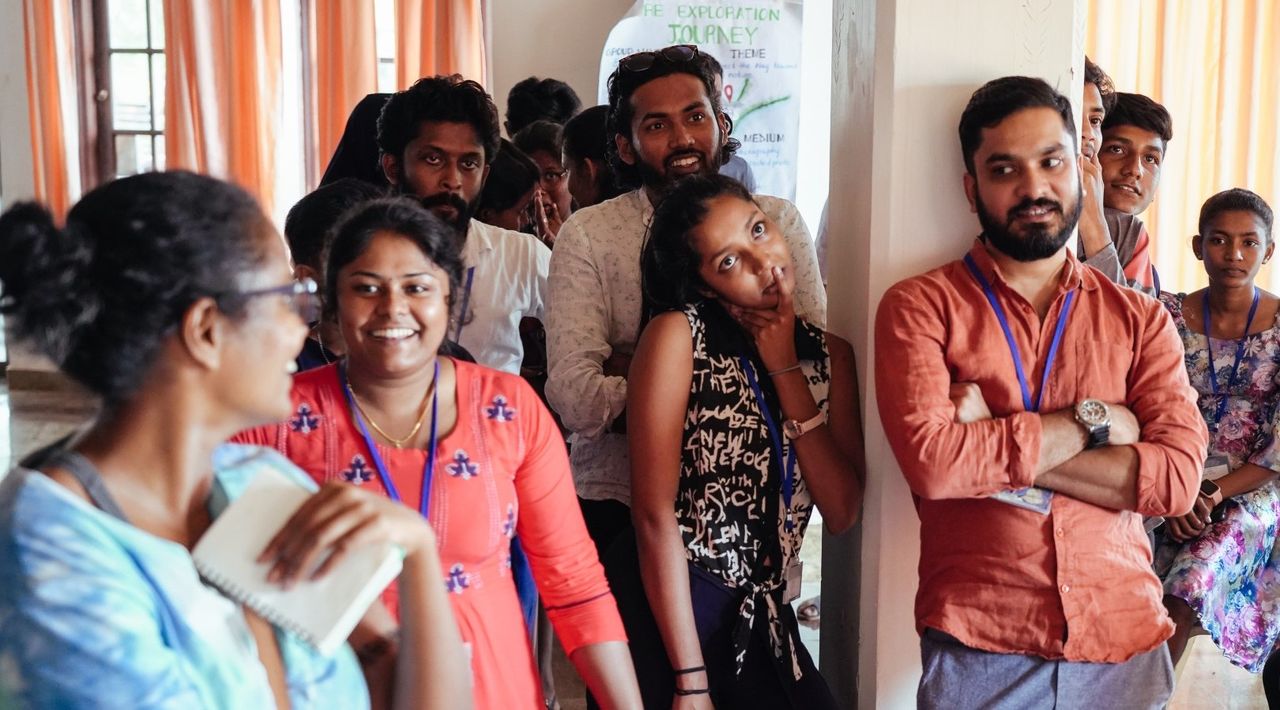
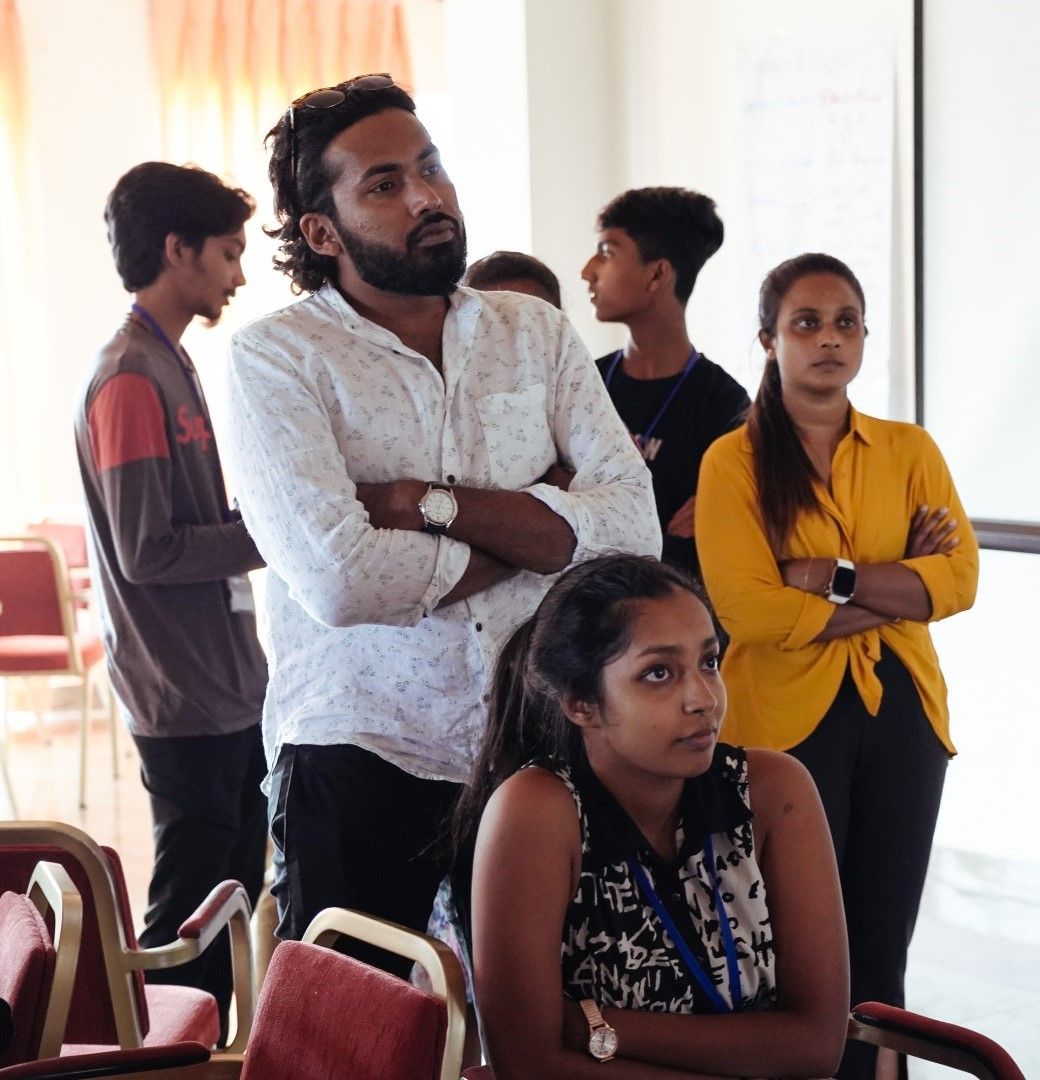
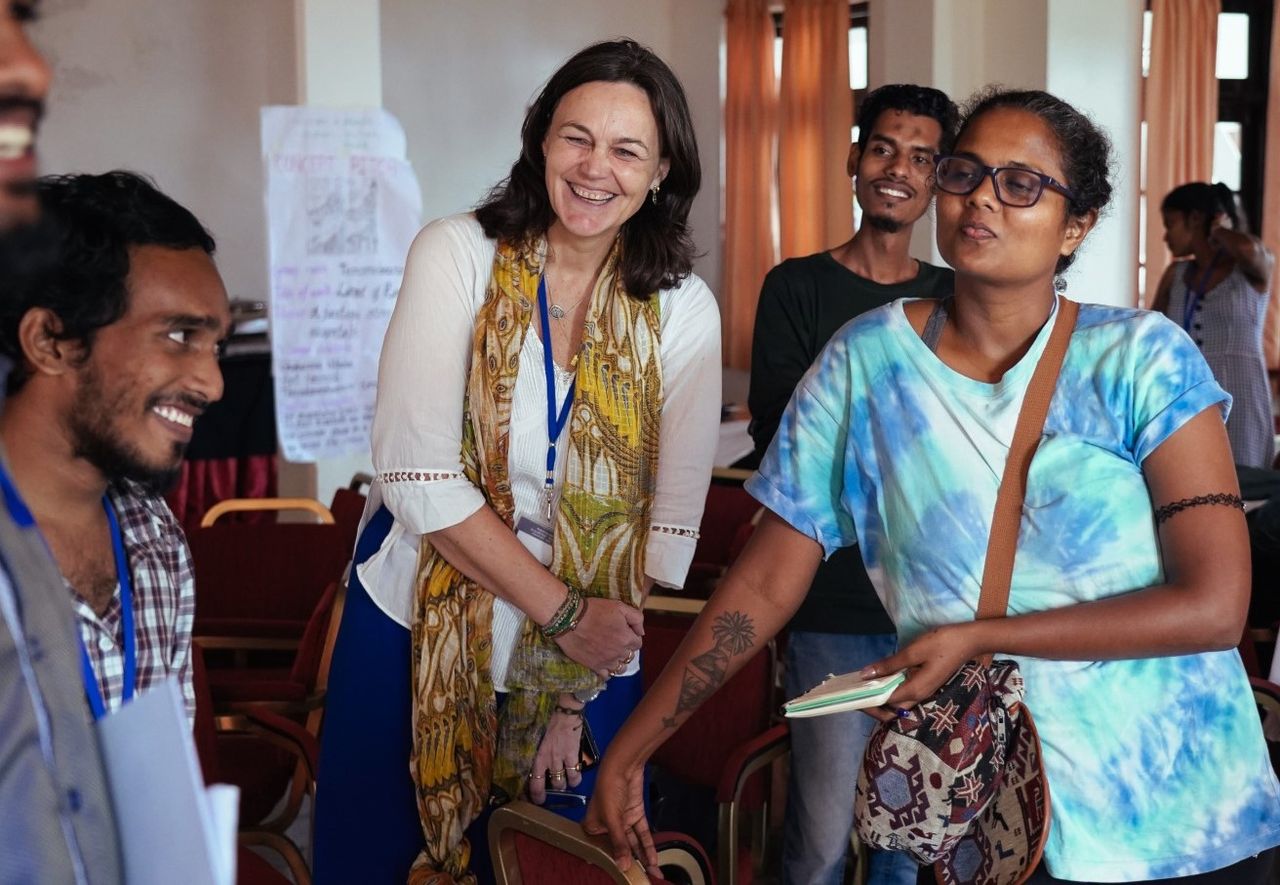

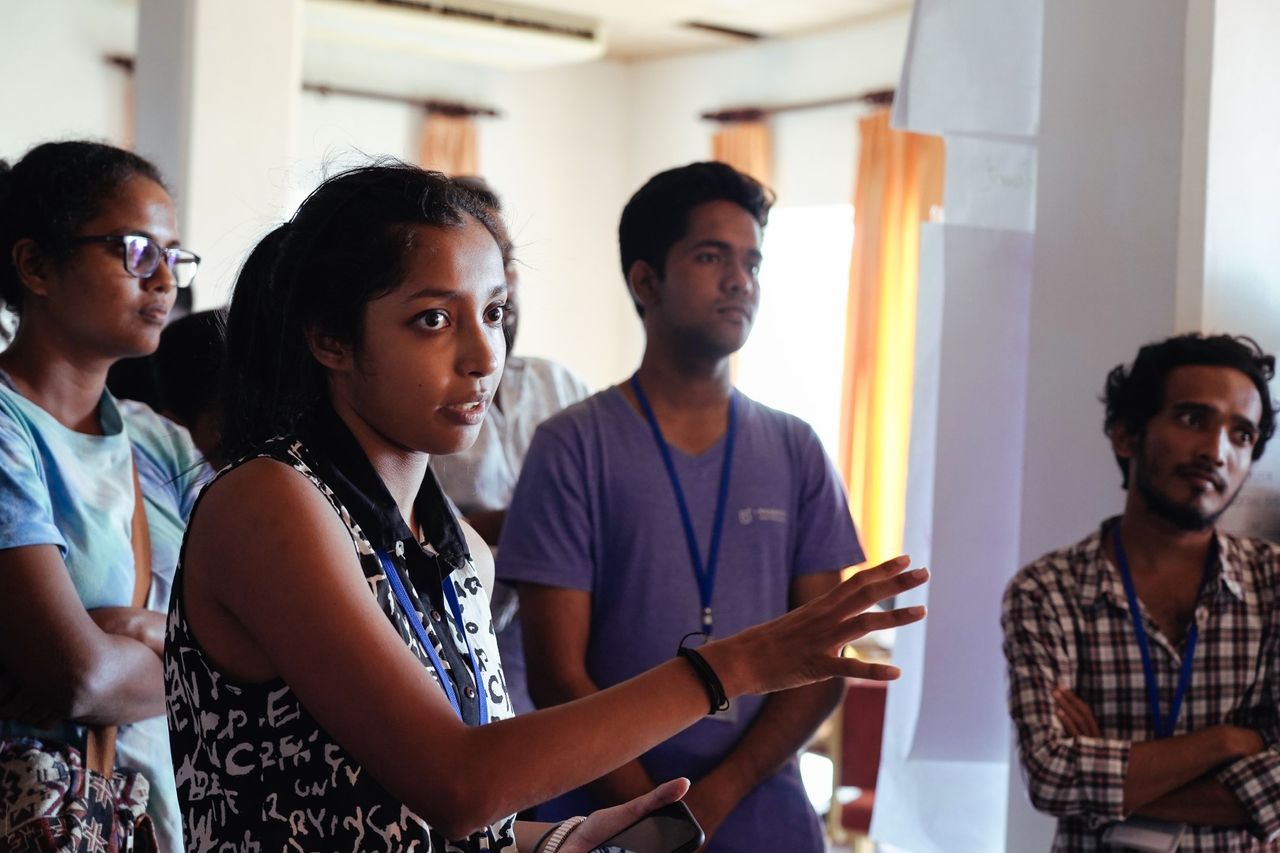
The dialogues that the students initiated with their own community and among themselves after creatively breaking language barriers allowed them to pause and listen first. This level of holding space for another allowed the students to acknowledge and appreciate the levels of colour and complexities within their community.
It is this level of camaraderie, creativity and adventure from the students that showed us how resourceful they were to use this opportunity of creative storytelling to restore relationships within the community. Their ability to “unlearn” from the adults, accept each other and move forward together inspired us.

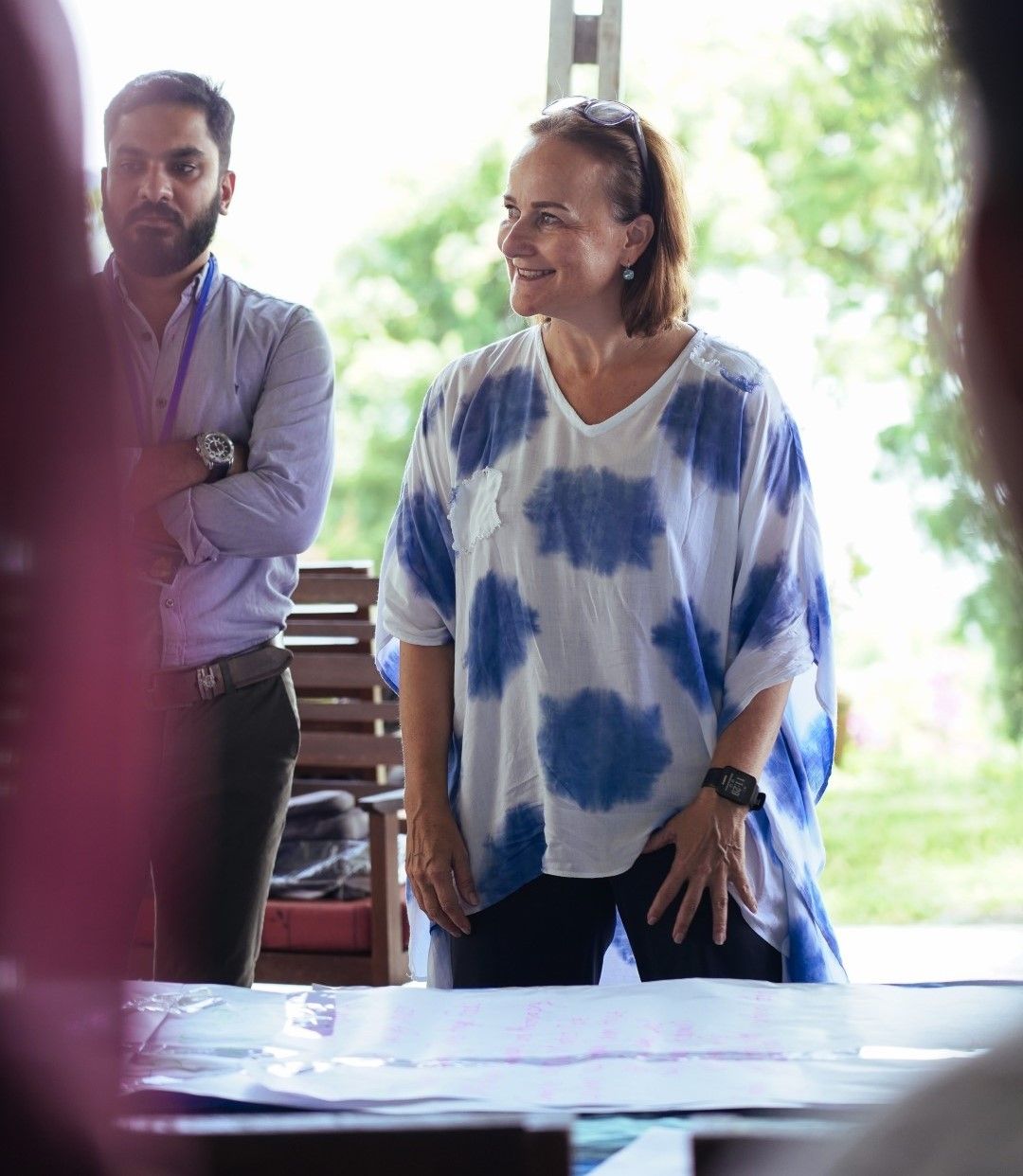

The workshop felt like a film - what to expect next? I wasn't sure. But I felt it flowed like a river, through rocks and hardships and in the end, a superb exhibition.

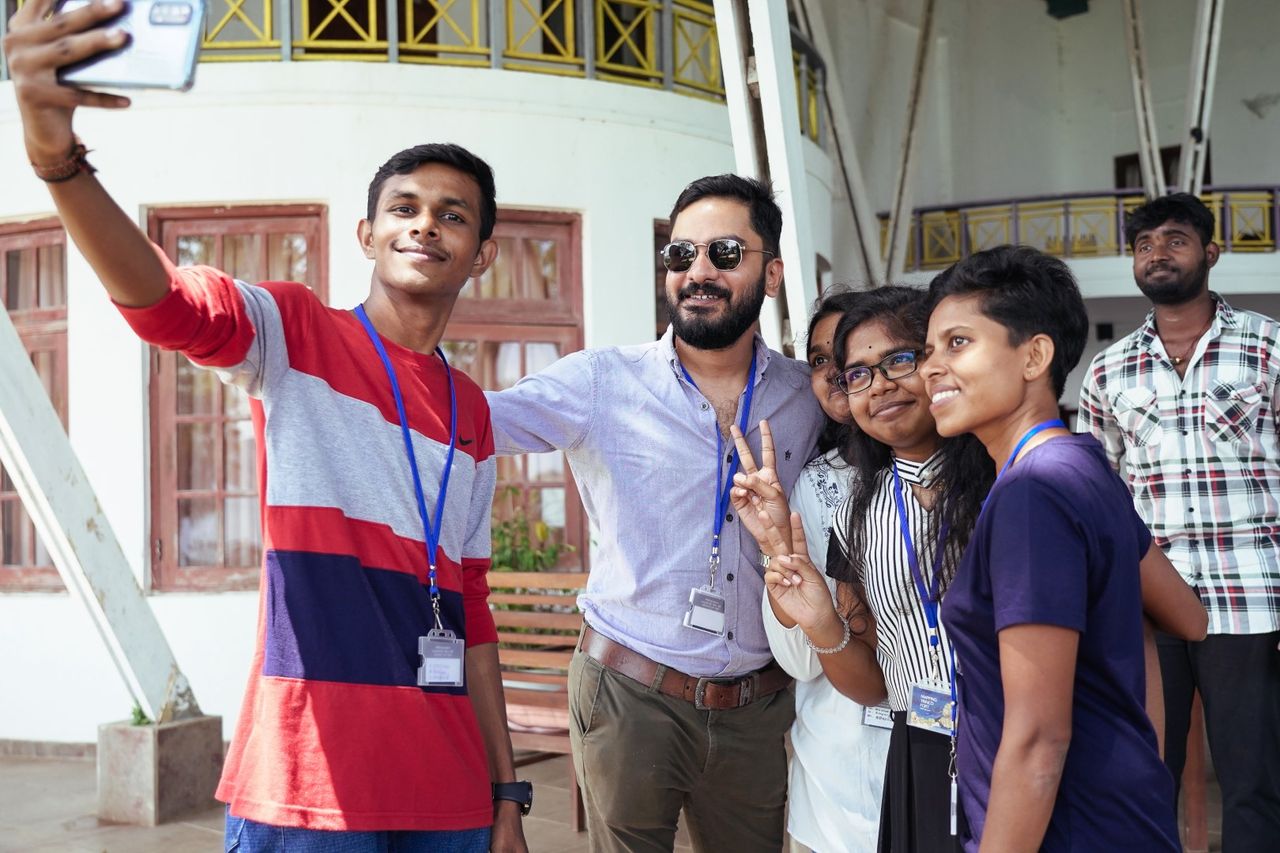
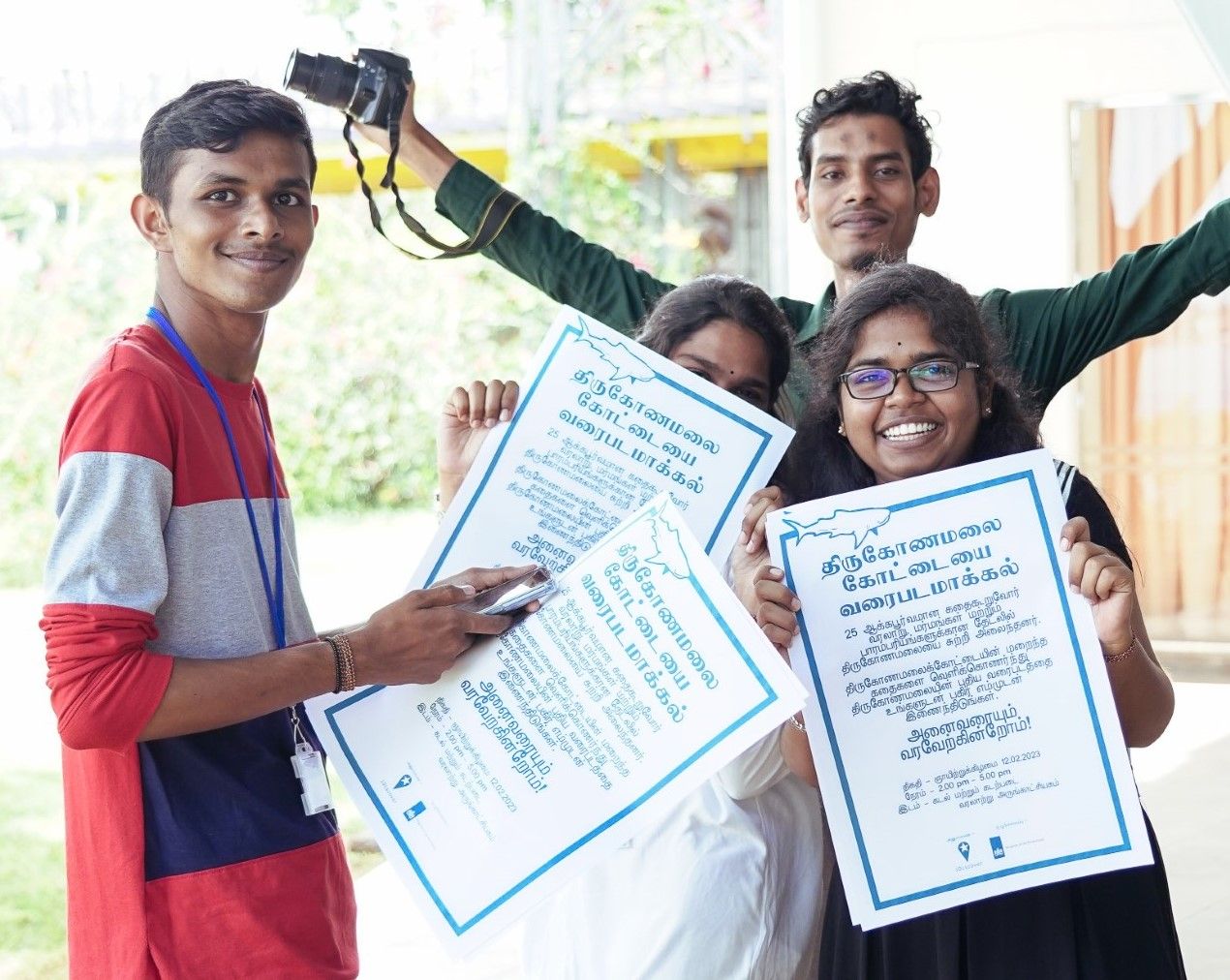
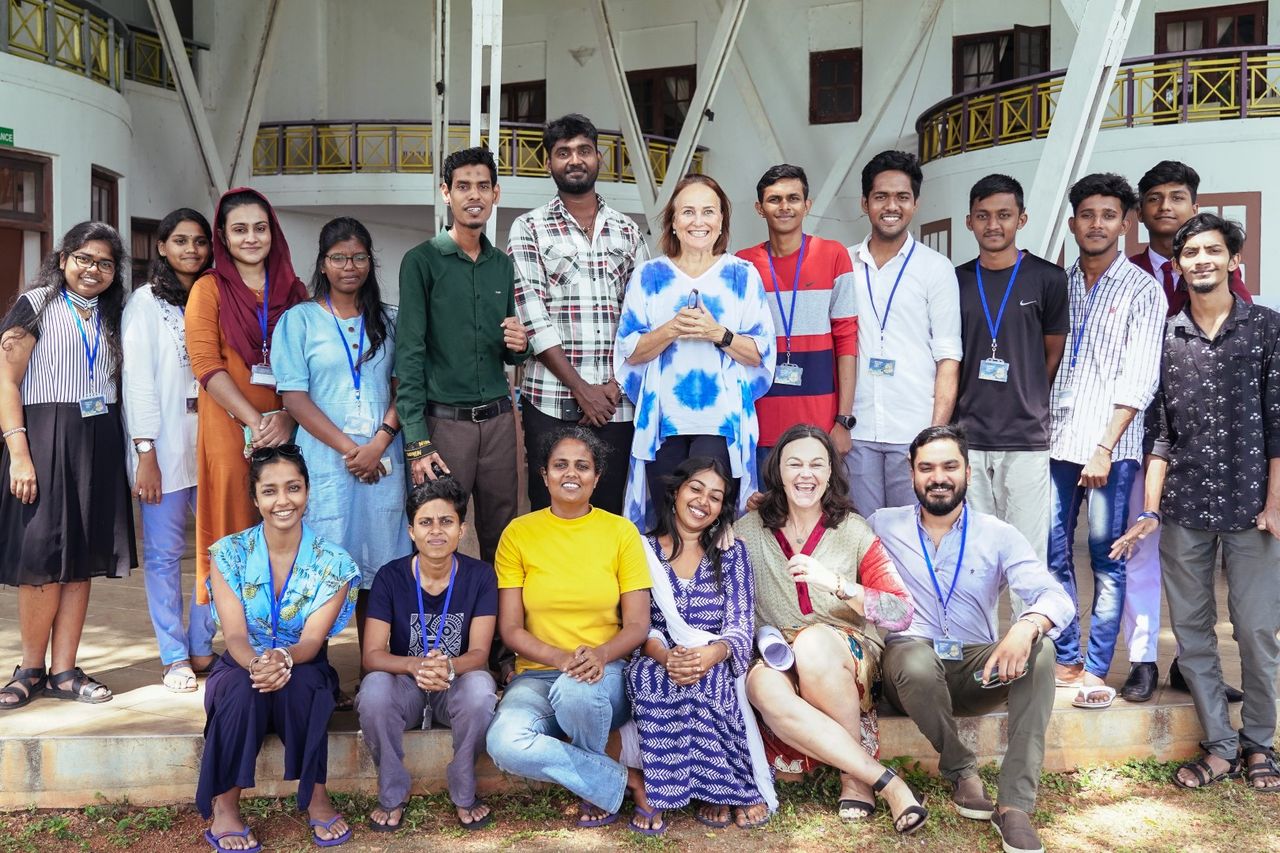

Sharing Stories
The student's work was on display at the Maritime and Naval History Museum in Trincomalee, with the Governor of Eastern Province, Mrs Anuradha Yahampath as the guest of honour. She asked questions from the students about their projects and took great interest in their interpretation of Trincomalee. Many local residents came and stories were shared, of the past, the present and even of the future, instilling a renewed sense of pride.
Admiral Thisara Samarasinghe, Former Navy Commander who also graced the exhibition believes that the effort that the young kids put into this will help preserve the heritage of Trincomalee and invite people to not only explore but appreciate this vibrant location because now these stories are freely and readily available via the iDiscover website. “I’m very impressed by the youngsters’ interpretations of Trincomalee. I see a lot of collaboration between the kids. The stories they uncovered, especially on a digital platform, will be useful for anyone who wants to explore Trinco.”
At iDiscover, we’re motivated now more than ever to continue our work with young people to tell stories that connect communities and preserve heritage that compels us to build a better future.
I feel that the kids learnt a lot of history about their own hometown, especially before the colonial period and how those events influenced us today. Even my own kids are here today, and they really love it.
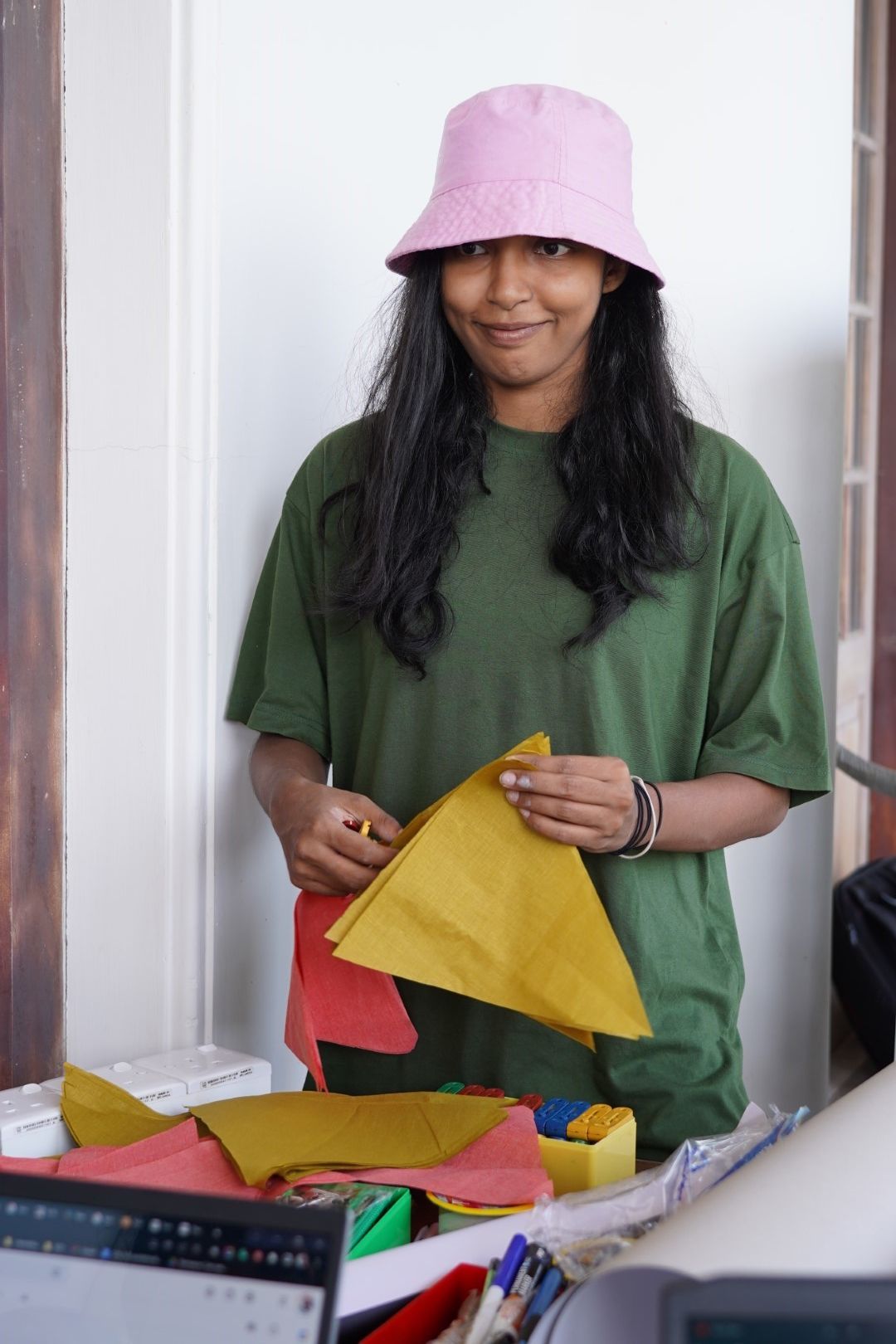
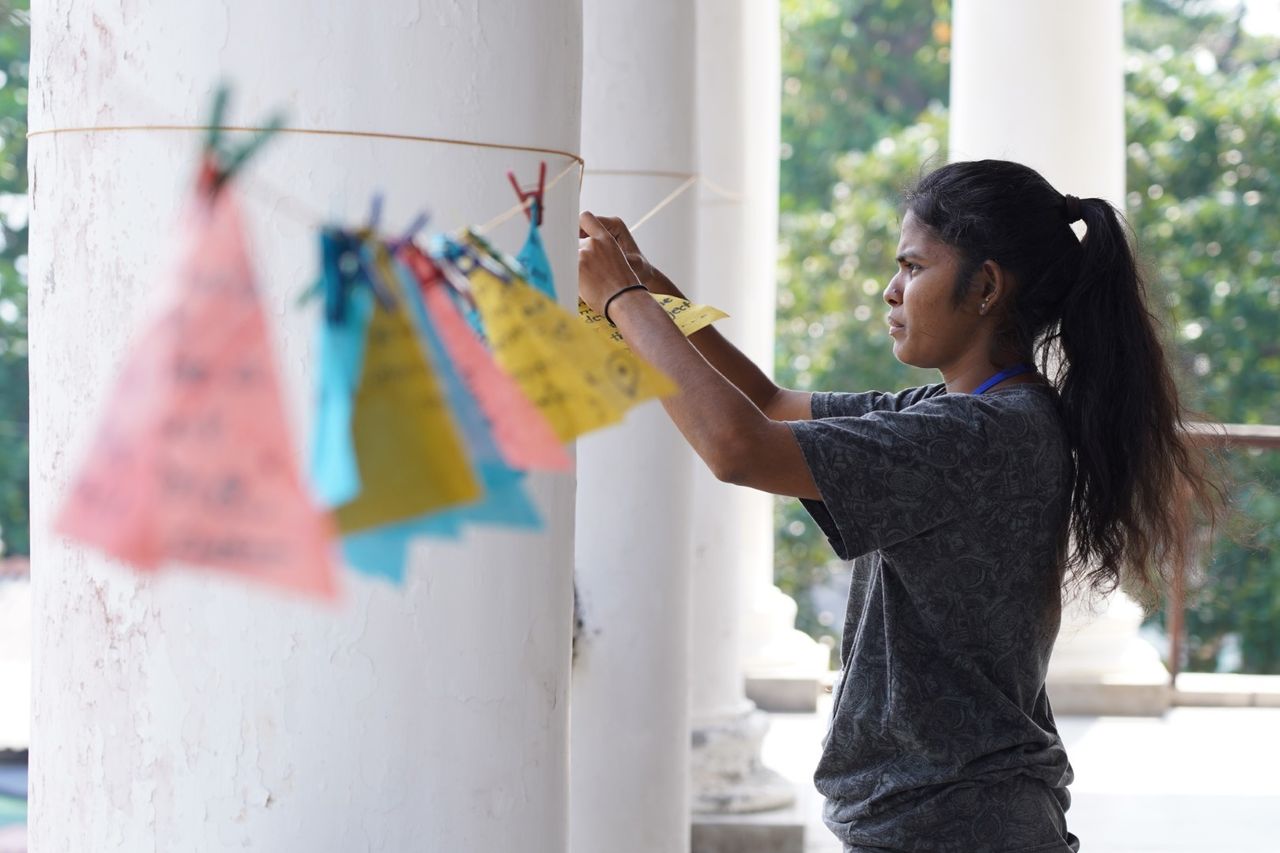
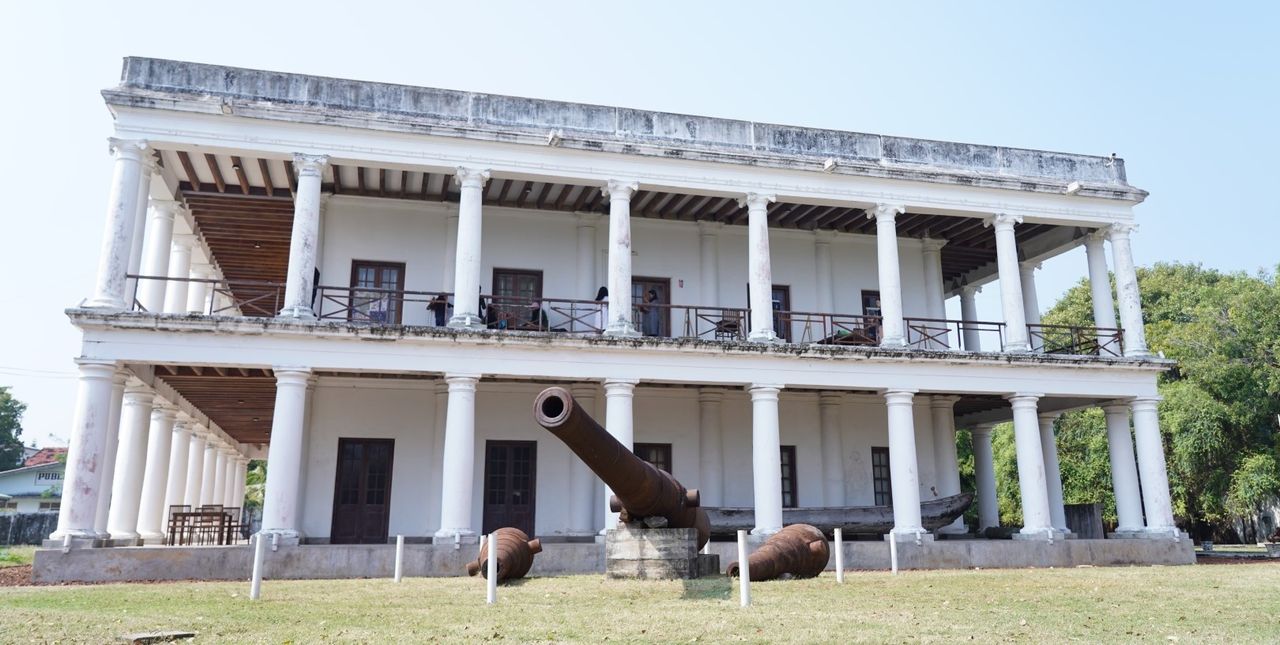
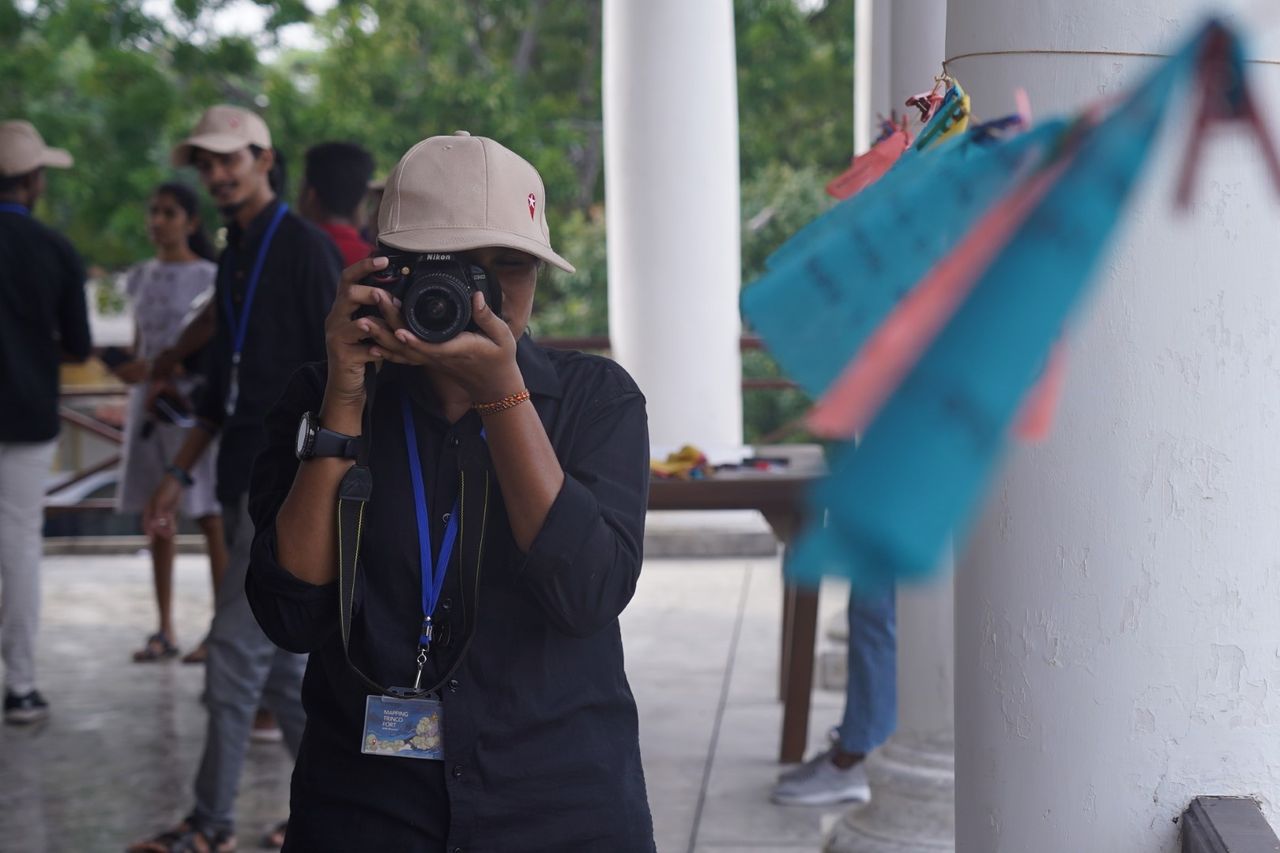

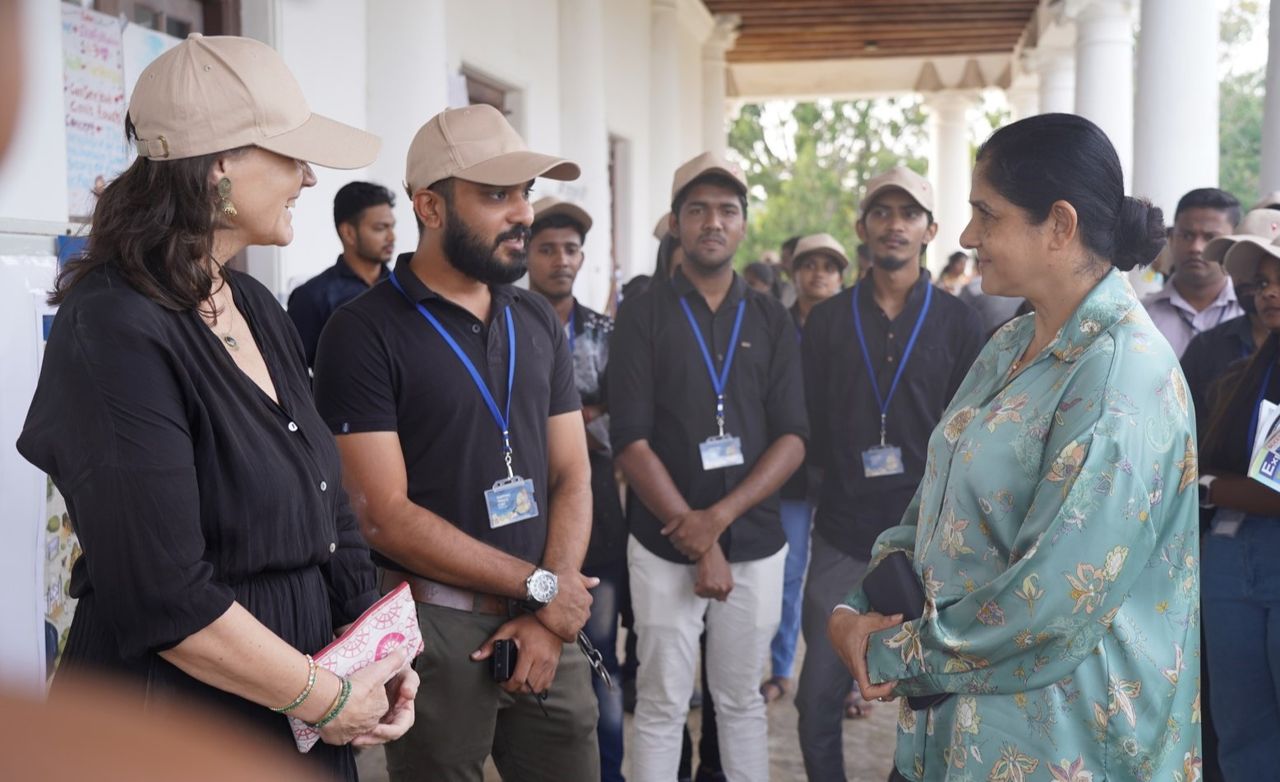
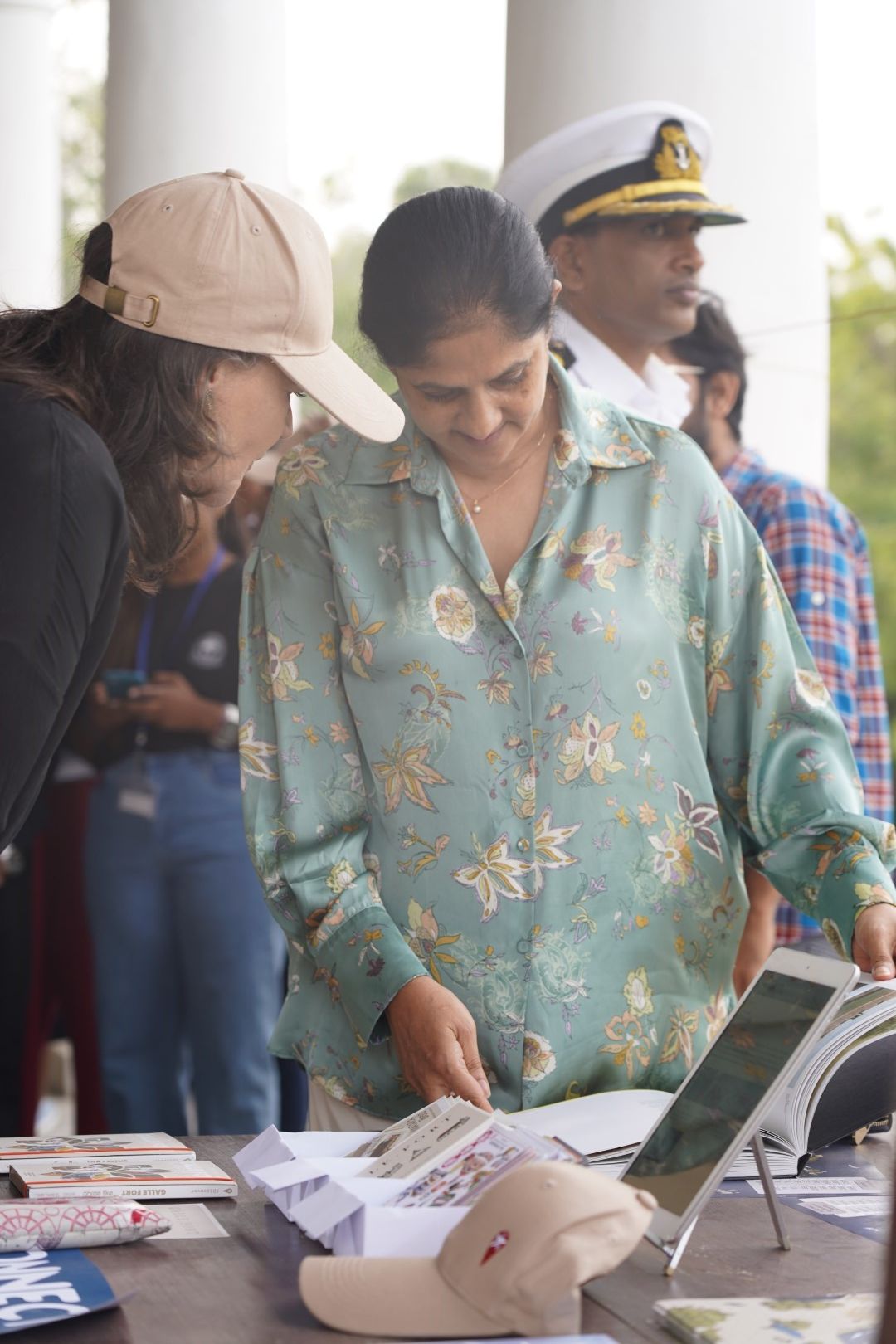
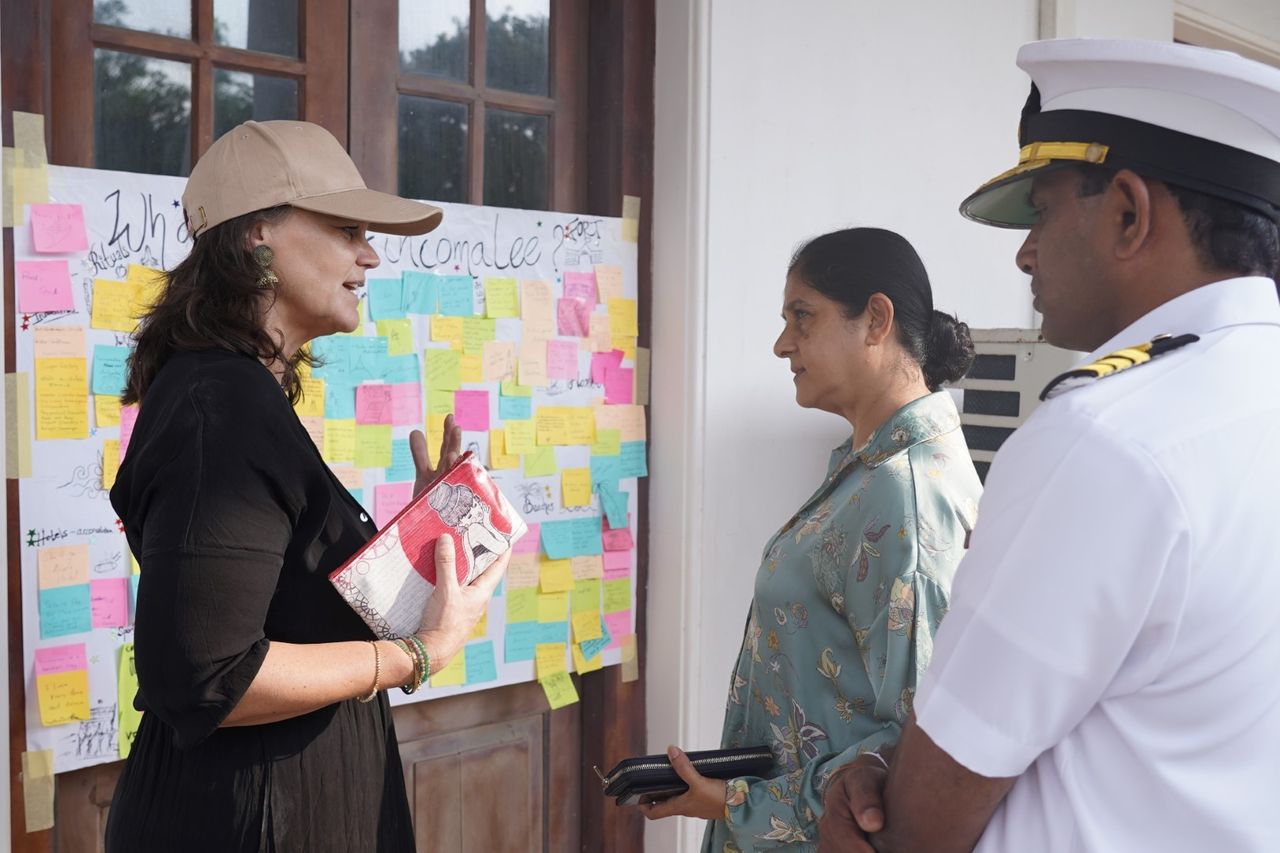
I’m very impressed by the youngsters’ interpretations. I see a lot of collaboration between the kids. The stories they uncovered, especially on a digital platform, will be useful for anyone who wants to explore Trinco.

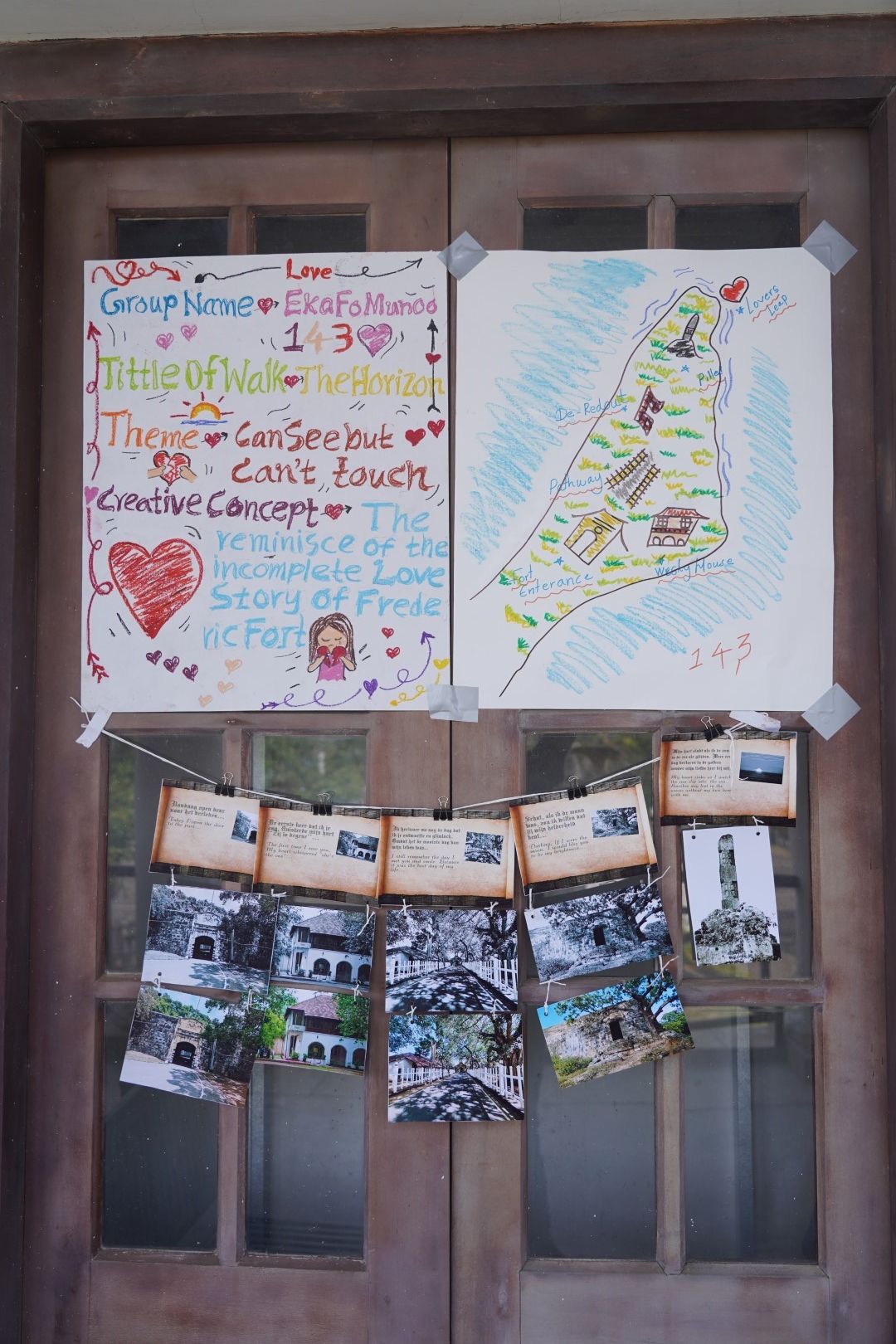
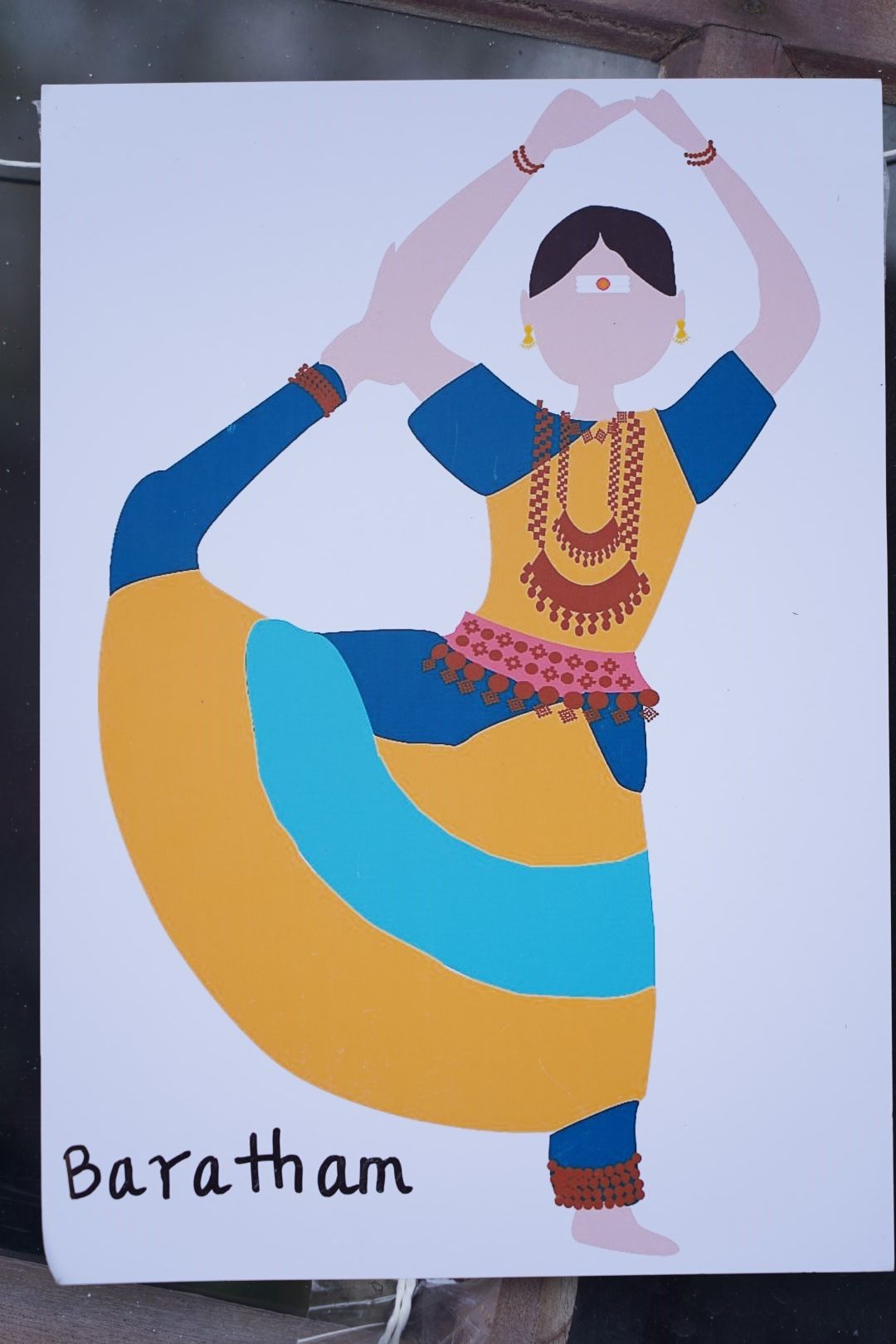



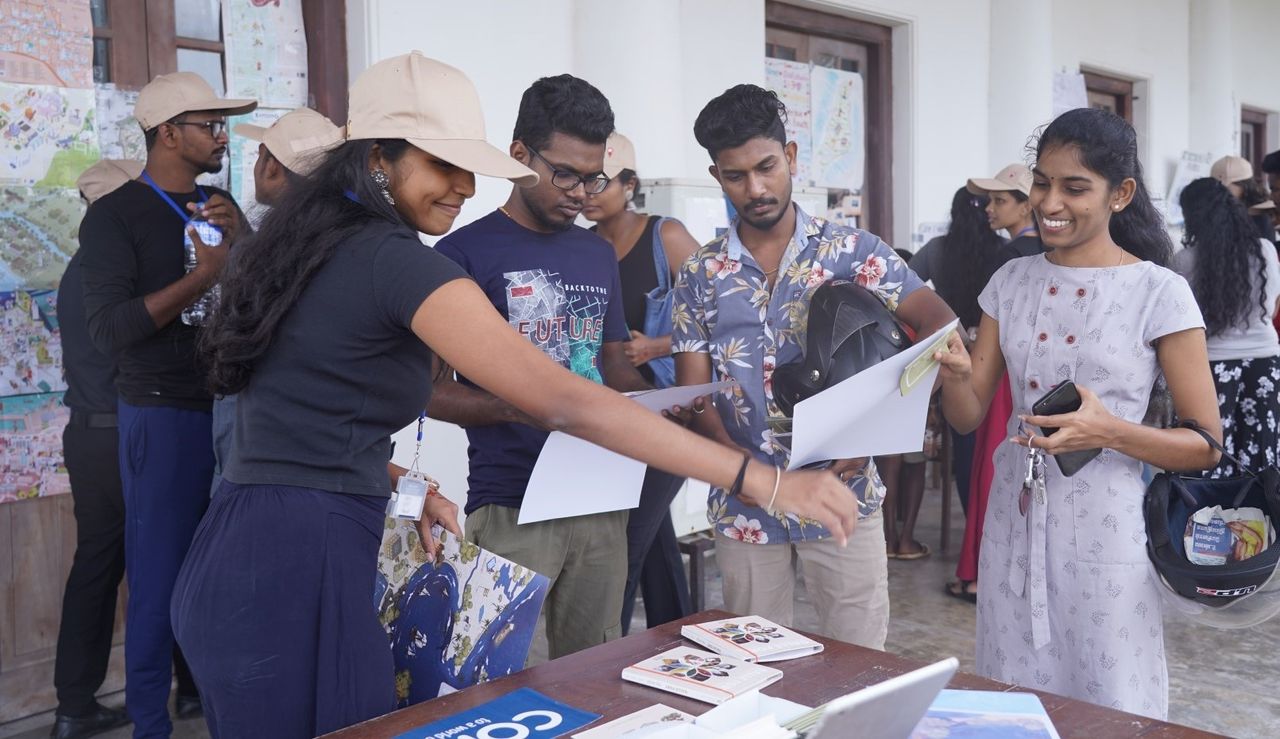


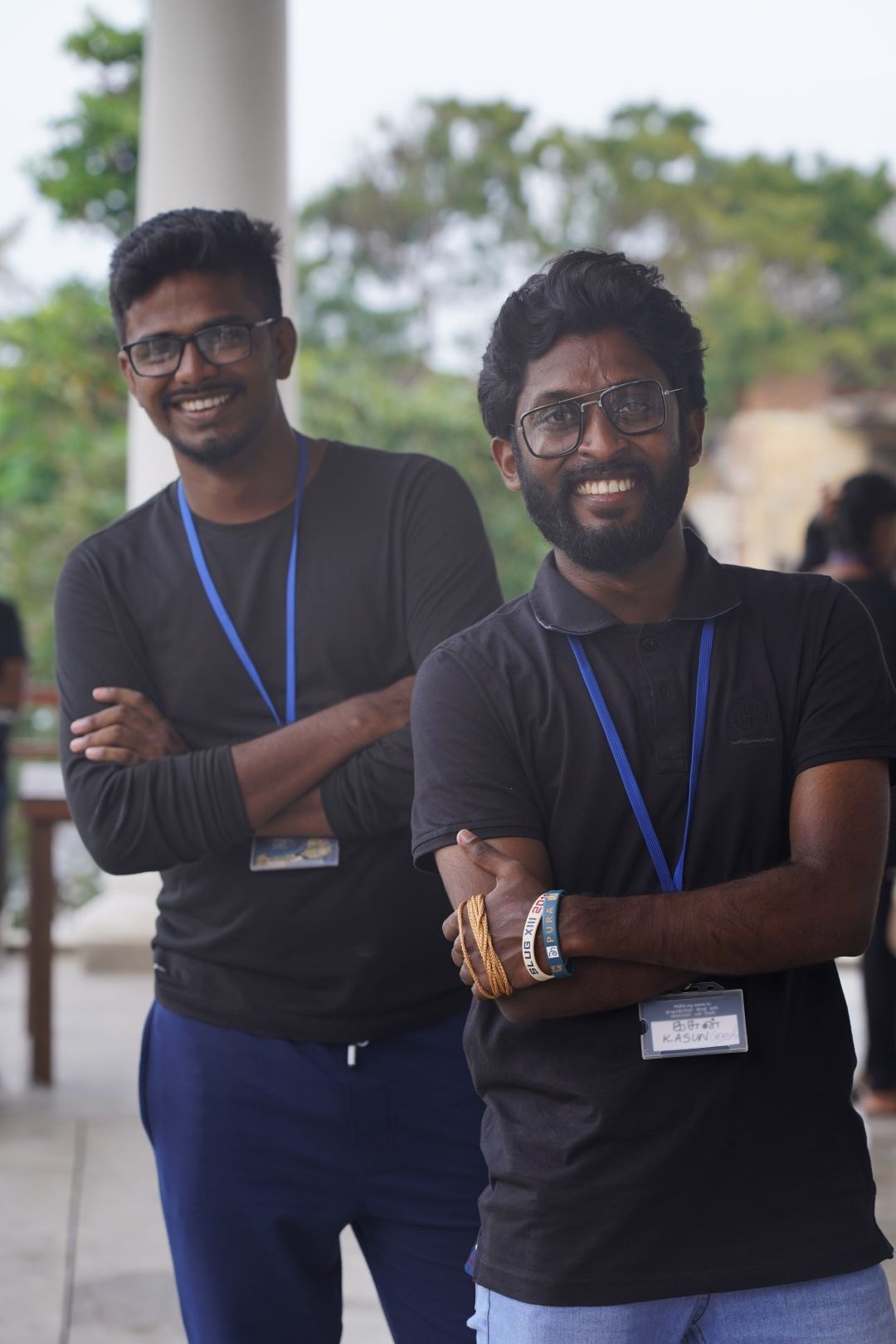
People have problems here, especially after the war and the economic crisis. But we are managing. This unites people, regardless of language or religion.
About iDiscover
iDiscover was founded by Ester van Steekelenburg, a seasoned traveller who saw that big skyscrapers replaced old neighbourhoods and the spirit of the place was soon disappearing under the rubble. The people in these neighbourhoods started to lose their sense of community. And along with this, their recipes, customs and stories also faded into undocumented history. iDiscover wants to reverse this and empower the local residents to capture and treasure what matters to them. “We bring life to the people and stories that would have otherwise disappeared with the help from none other than the locals themselves,” says Ester.
The iDiscover 2-week program is a transformative program that introduces new ways of thinking and new methodologies for discovering the true identity of a place. The program brings together students from different backgrounds and encourages them to work collaboratively to explore a place's history, culture, and heritage. Through this program, students gain a deeper understanding of the complexities of the world around them and learn to appreciate the unique perspectives of others.
We bring life to the people and stories that would have otherwise disappeared with the help from none other than the locals themselves.
One of the most important aspects of the iDiscover program is the way it encourages students to work together and share their ideas. By collaborating on research and sharing their knowledge, students gain a more comprehensive understanding of a place and its identity. This approach to learning is highly effective and provides students with valuable skills that they can use in their other work.
The program is particularly effective in helping students learn new research methods that they can apply to other projects. In Matara Fort, for example, students learned how to use a combination of qualitative and quantitative data to create a more complete picture of the fort's history and significance. This approach helped them to understand how to gather and analyze data more effectively, which is a valuable skill in any field.
Another important aspect of the iDiscover program is its ability to promote reconciliation in areas that have been affected by conflict. In Trincomalee, students were encouraged to explore the history and stories of the area, which had been greatly impacted by the civil war. By coming together and sharing their different perspectives, students gained a better understanding of the complexities of the conflict and were able to work towards reconciliation in the community.

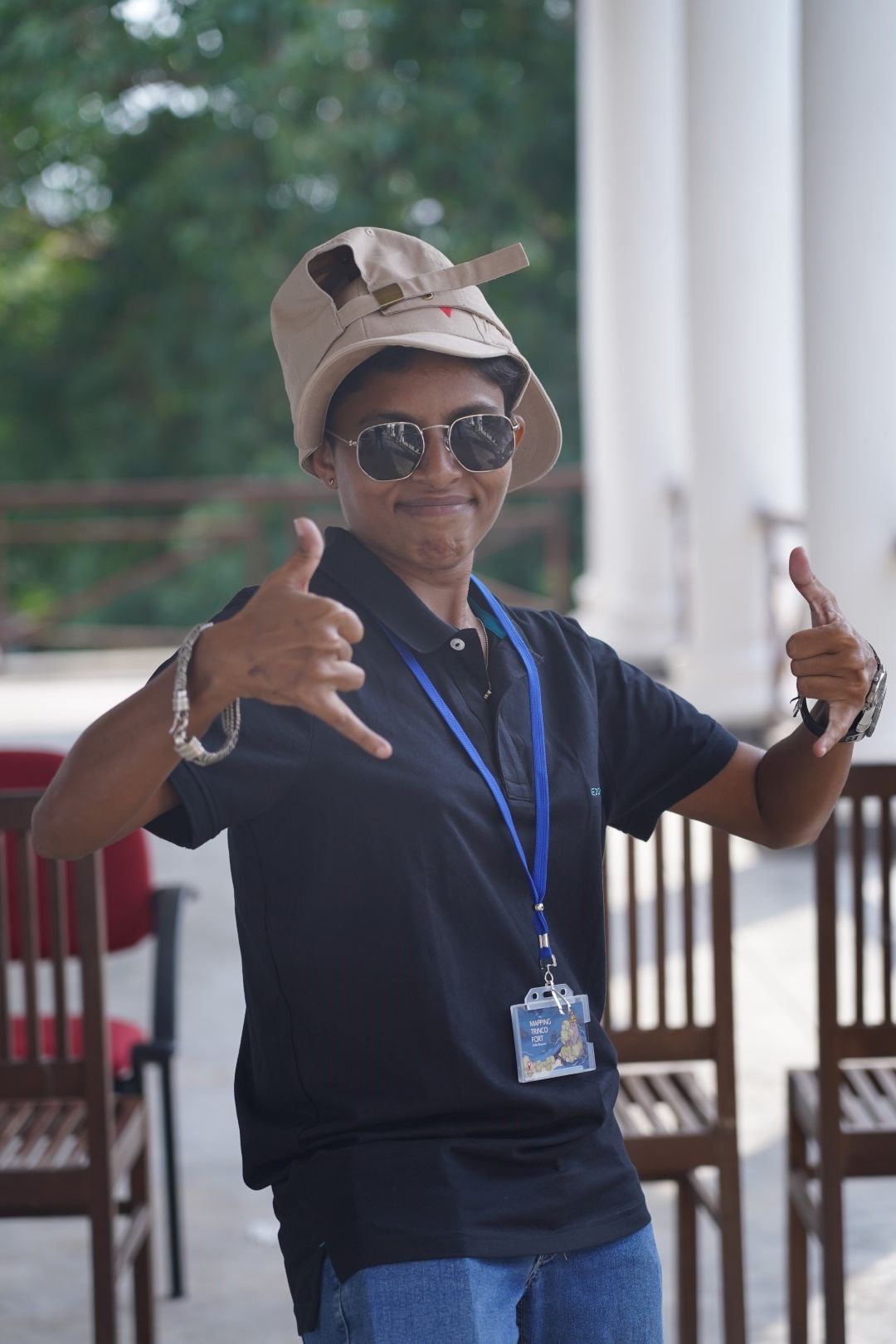
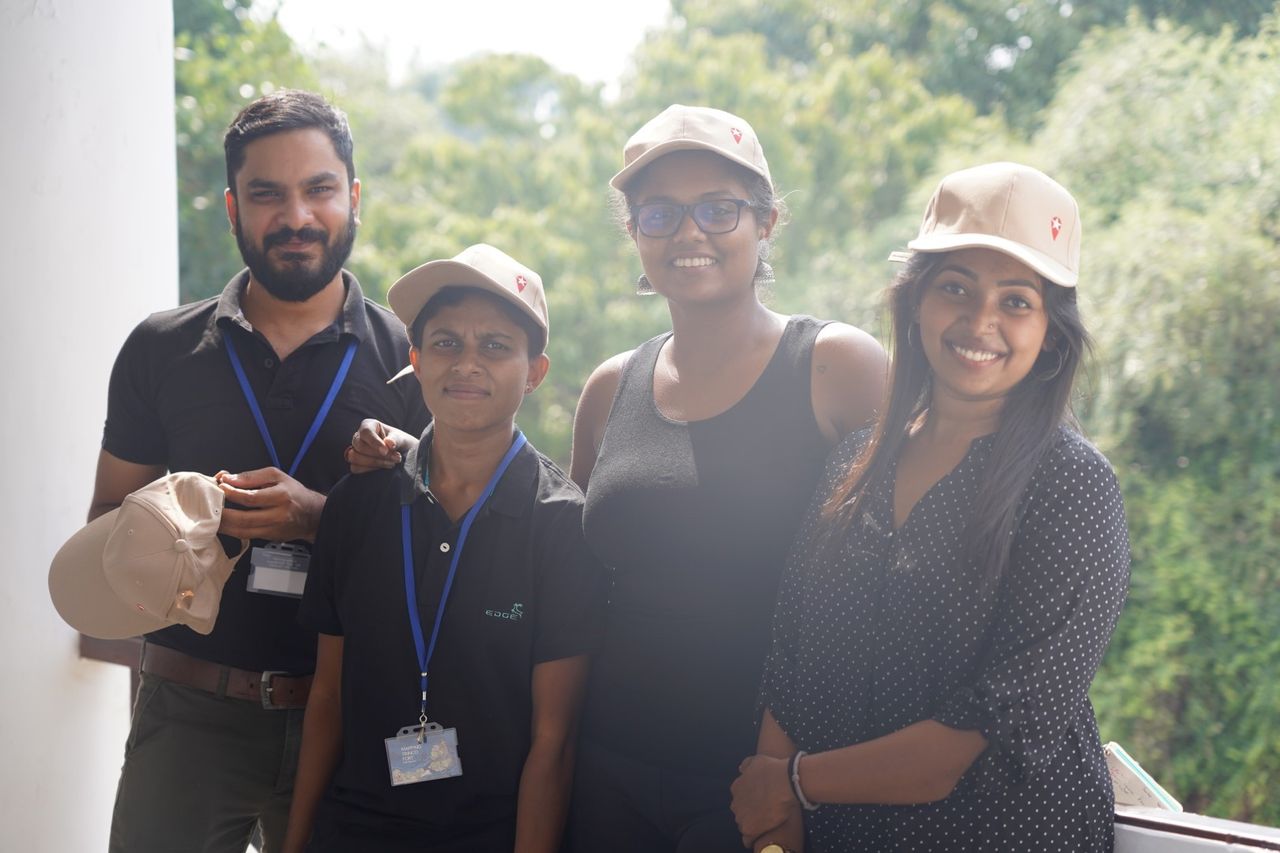
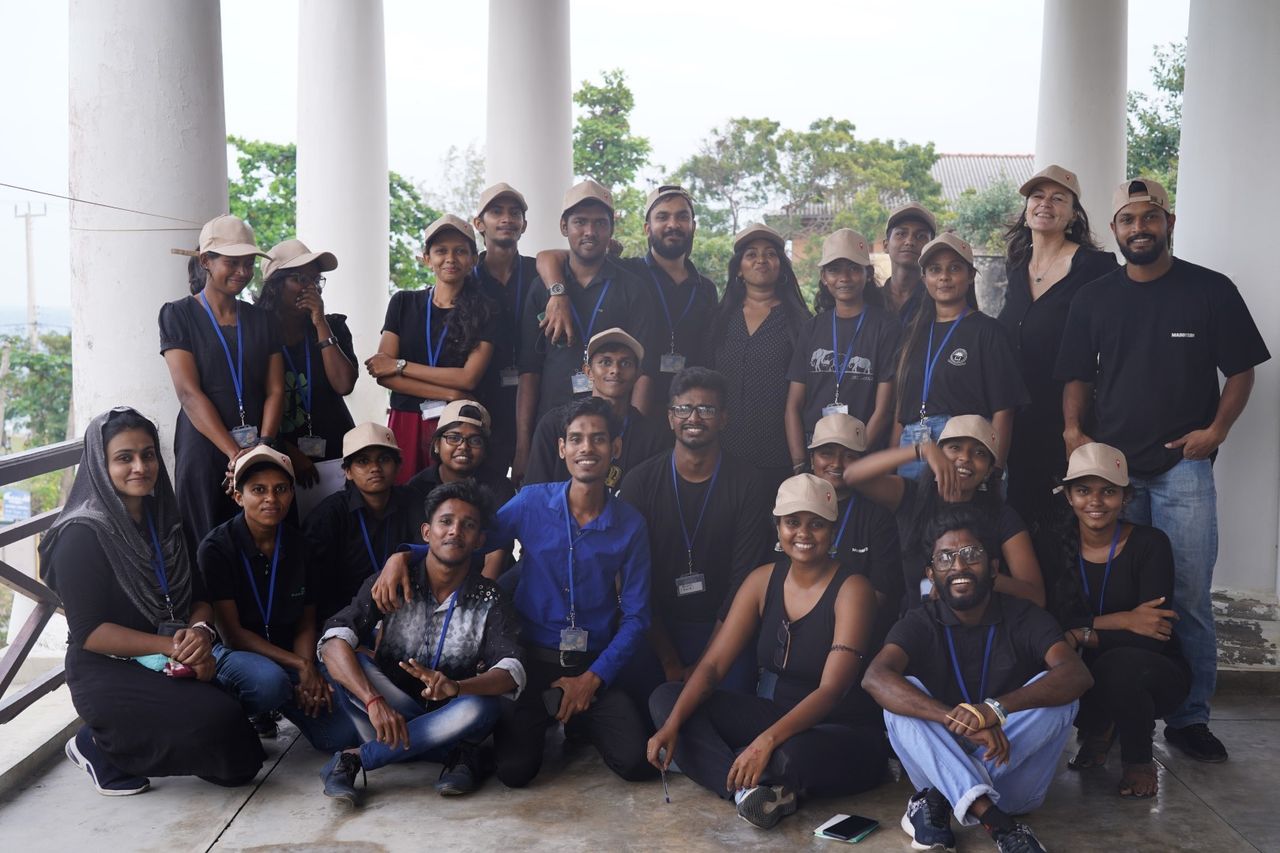
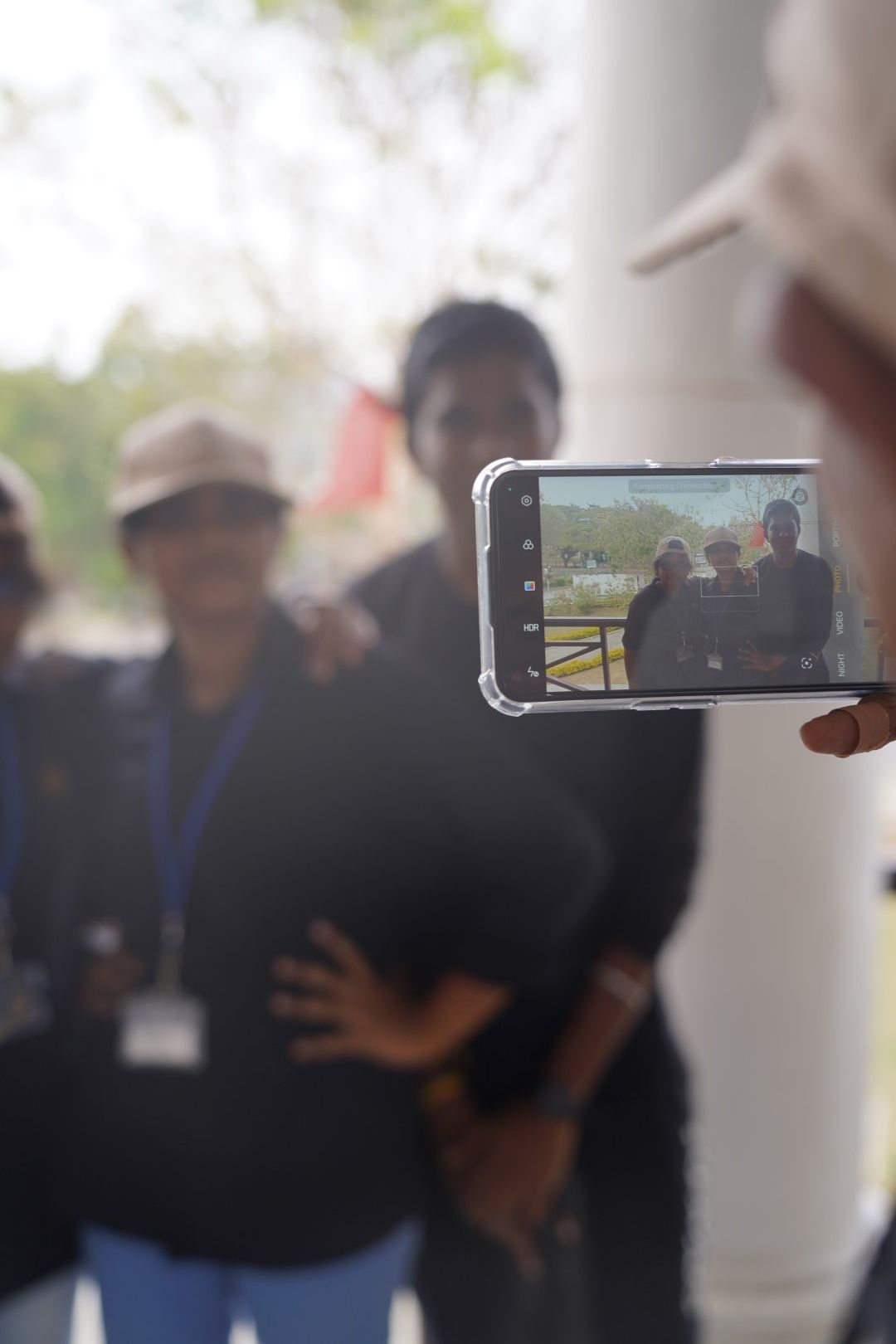
How Cultural Mapping can Help Reconcilitaion
To sum up, here are 5 specific ways in which the iDiscover program promotes reconciliation:
- It encourages students to explore different perspectives and engage in dialogue with others. This approach helps to break down barriers and promote understanding between different groups.
- By bringing students together from different backgrounds, the program helps to promote cross-cultural understanding and acceptance.
- The program emphasizes the importance of understanding history and culture in shaping our present and future. By exploring the past, students can gain a deeper appreciation for the complexities of their community and work towards a better future.
- The collaborative nature of the program helps to break down stereotypes and promote empathy towards others. By working together, students gain a greater appreciation for the unique perspectives and experiences of others.
- The program encourages students to take an active role in promoting reconciliation in their communities. By empowering young people to take action, the program helps to build a more peaceful and inclusive society.
The iDiscover program is a highly effective and transformative program that provides students with valuable skills and promotes reconciliation. The lessons learned through this program are valuable not only for students, but for entire communities, and should be incorporated into education systems on a larger scale to change the thinking of younger generations.
Discover Trincomalee

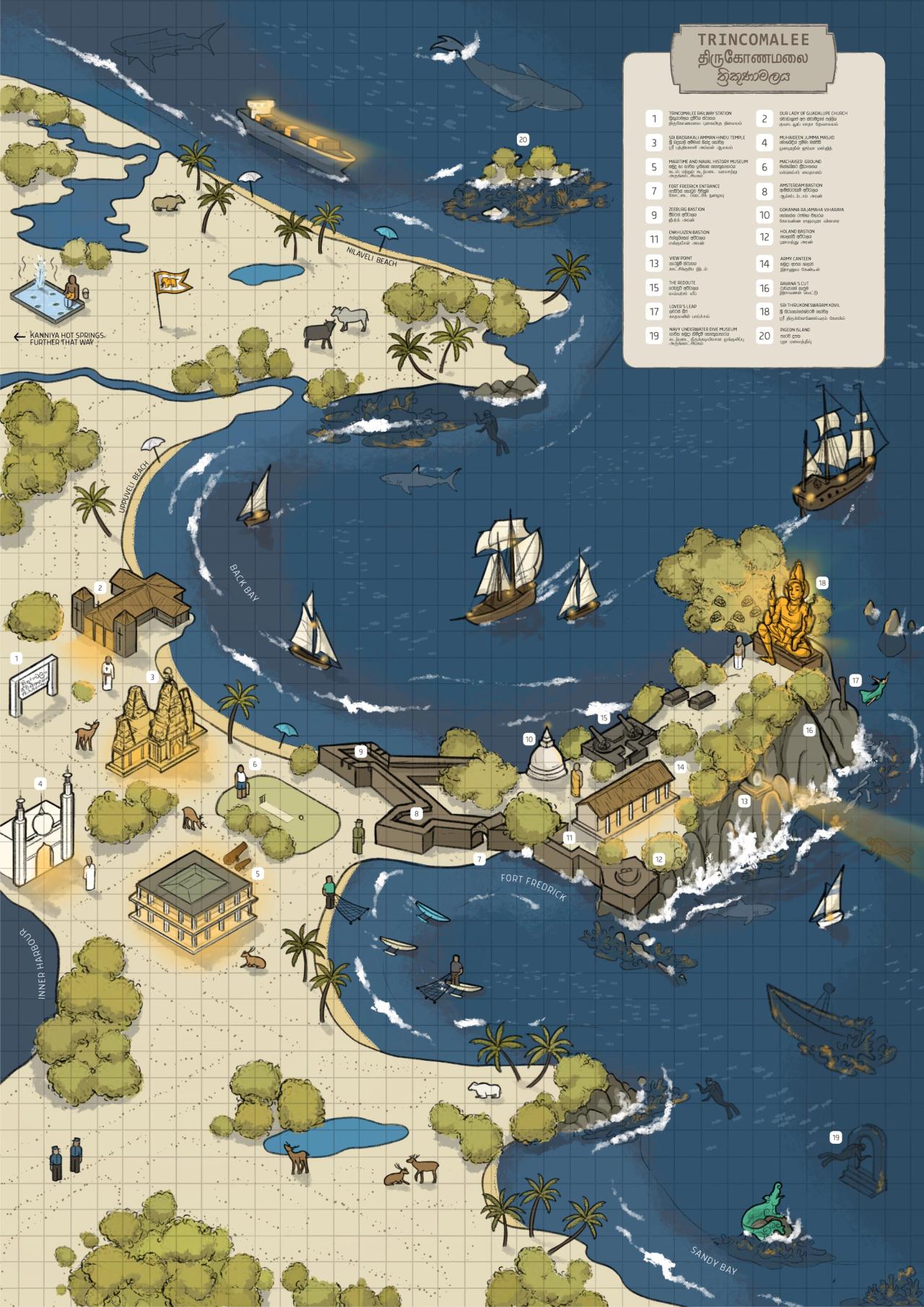
In Sri Lanka, iDiscover has now covered Colombo, Galle, Matara and Trincomalee. All these urban story walks are available on easily downloadable illustrated maps and a digital map that can be viewed on mobile, so you can get lost without getting lost.
Words by Nadeesha

A weaver of words and a lover of getting lost in a jungle or in her own mind, Nadeesha believes that genuine connections within us, being one with nature and dance can heal everyone. Nadeesha not only taught the students how to play with words to best get a message across, she was also the group's spiritual leader and facilitator of important conversations.
Find Nadeesha @nadeepaws
Photos by Atheeq
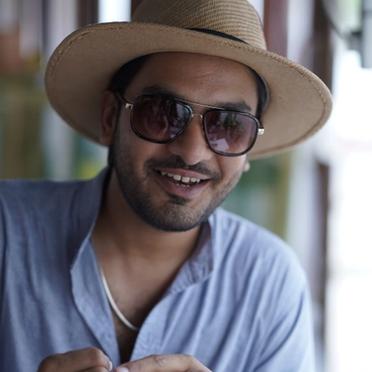
A black sheep who broke a family rhythm of five generations, Atheeq found his own in deciphering life through a ‘pause-click-resume’ state which uncovered more to life than he could ever imagine. In the Trinco workshop, Atheeq was the go-to person for tips and tricks on photography and filmmaking. That is if he was not out in town on his motorbike to find the best spots to fly the drone.
Find Atheeq @CeylonSoul
Design by Devni
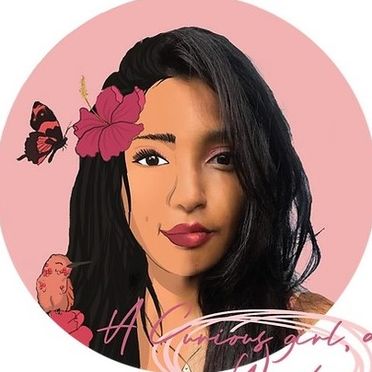
A chaotic-good, ambivert with wild hands that give life and colour to the imagination, Devni is a curious seeker who tries to understand boundaries so she can break them. Devni coached the students in illustration and graphic design skills and also dived deep into the underwater world to draw the many tales of Trinco town on a new map.
Find Devni @Nomadic Artisan
Research by Prathini
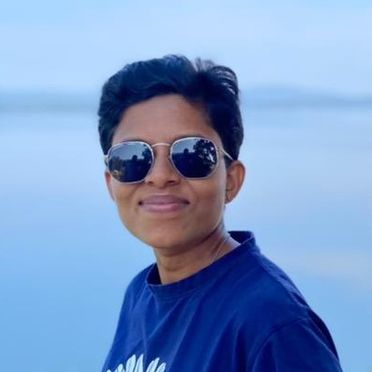
She walks, talks and connects with her people in a way that makes it her superpower. Prathini’s curiosity for history and mystery makes her research, knowledge and love for travel a powerful asset for tourism in Sri Lanka. Prathini was the oil in the workshop machinery. She dealt with the logistics, sourced local intelligence and made connections in the community. She made sure that everything ran smoothly, and as a quiet confidante for the students, she was also a beacon of calm in the sometimes chaotic multicultural cocktail.
Find Prathini @prathini77
Thanks to
Historical maps and images in this article have been sourced from the archives of the Royal Netherlands Institute of Southeast Asian and Caribbean Studies and the Atlas of Mutual Heritage, a complete digital overview documentation about the Dutch East India Company (VOC) and the West India Company (WIC).
The youth-led mapping project was funded by the Netherlands Embassy in Sri Lanka and executed by iDiscover Academy with special thanks to people from Trincomalee.
The new map of Trincomalee
Meet the locals, hear their stories, learn what they love..
